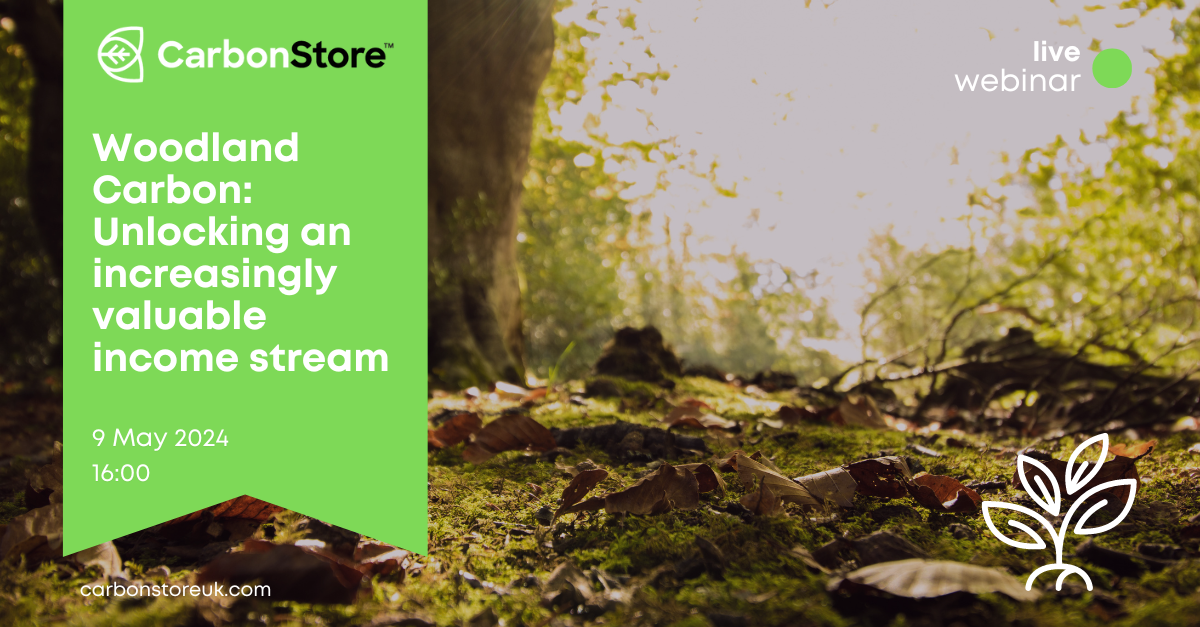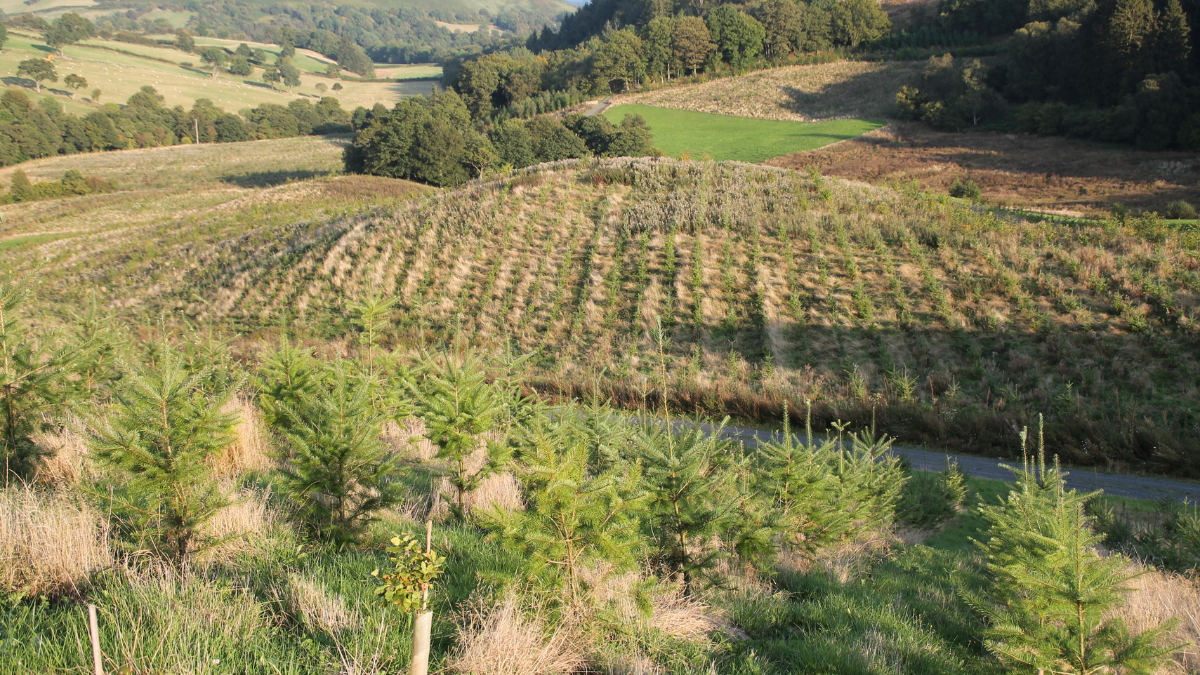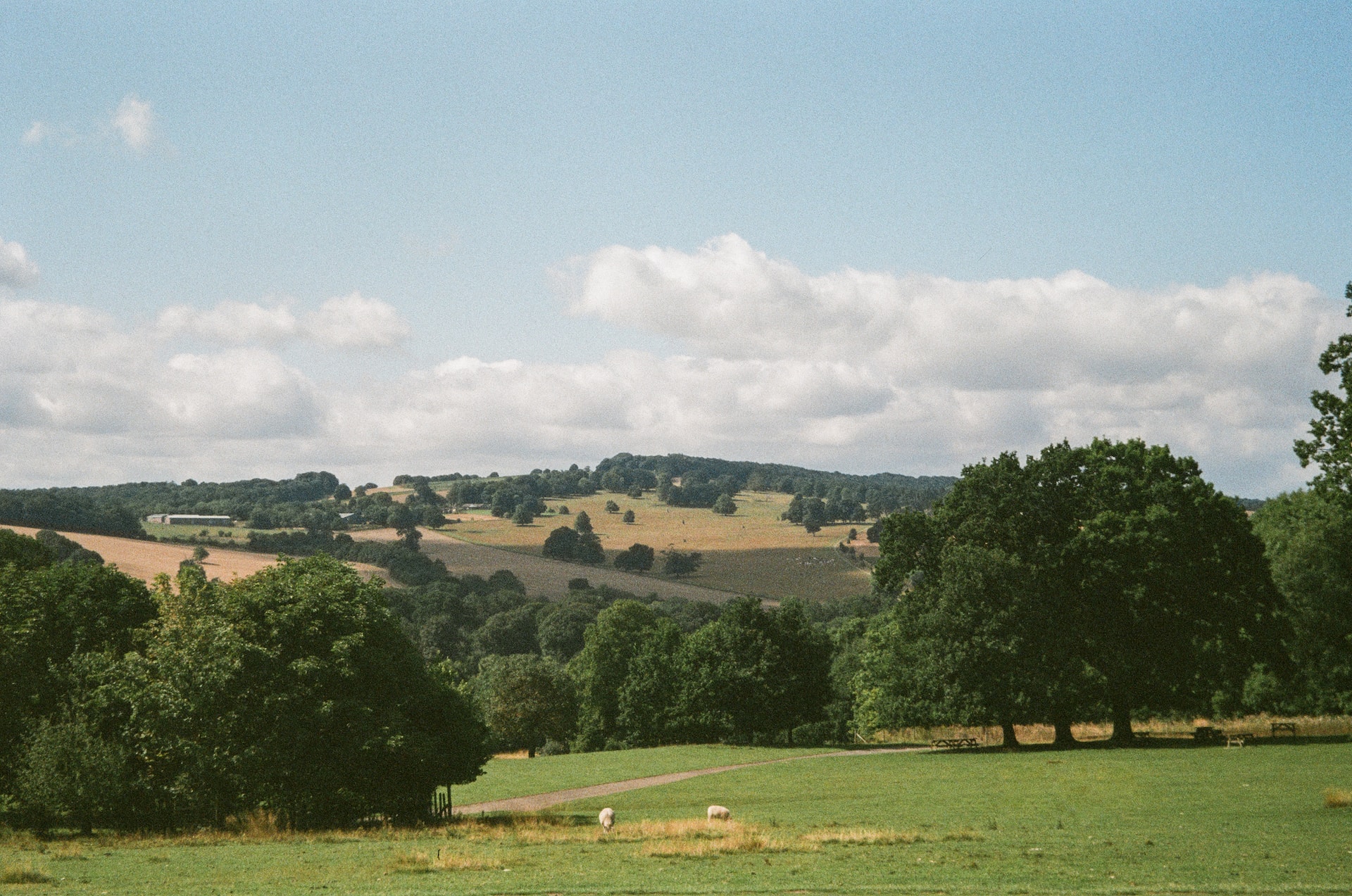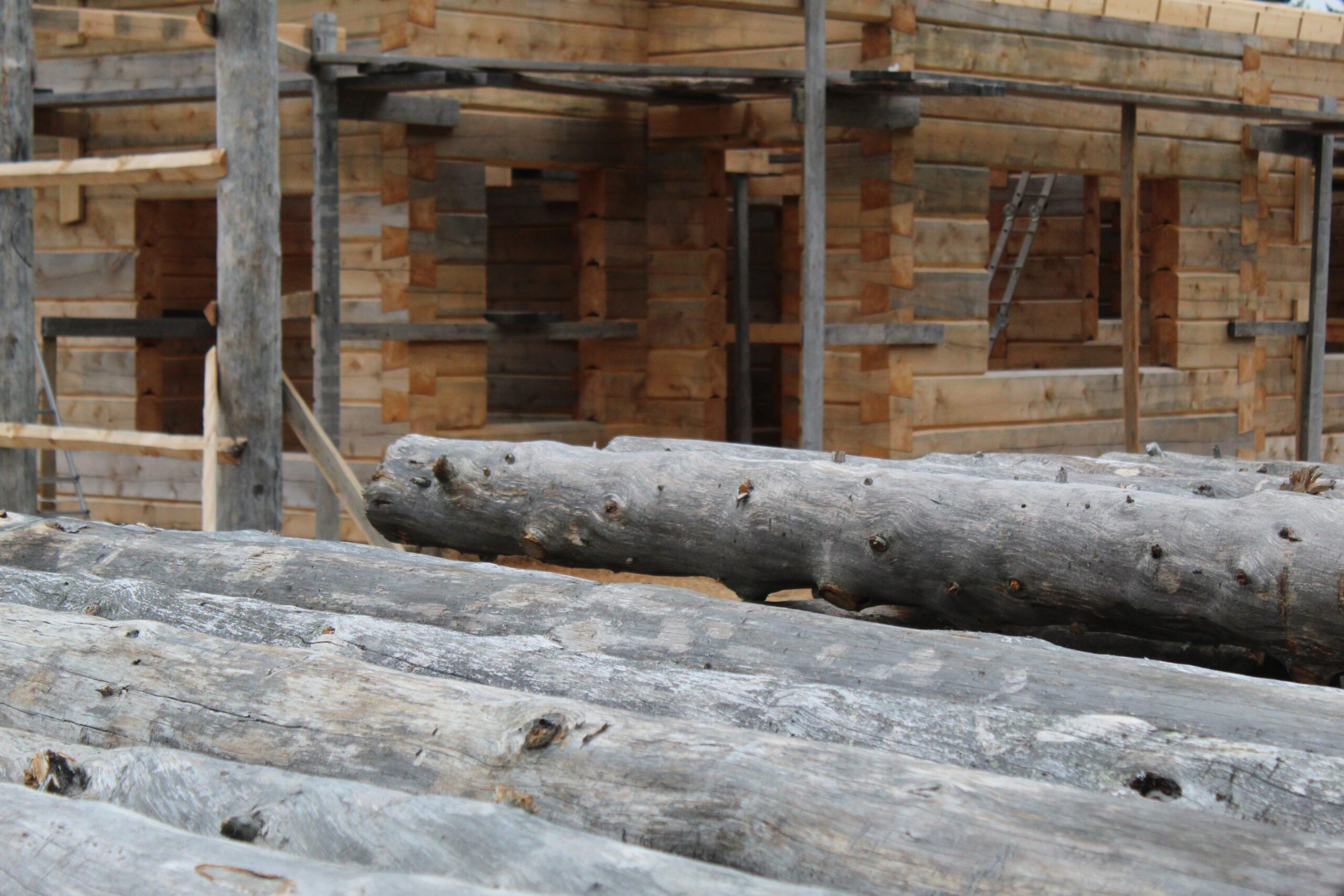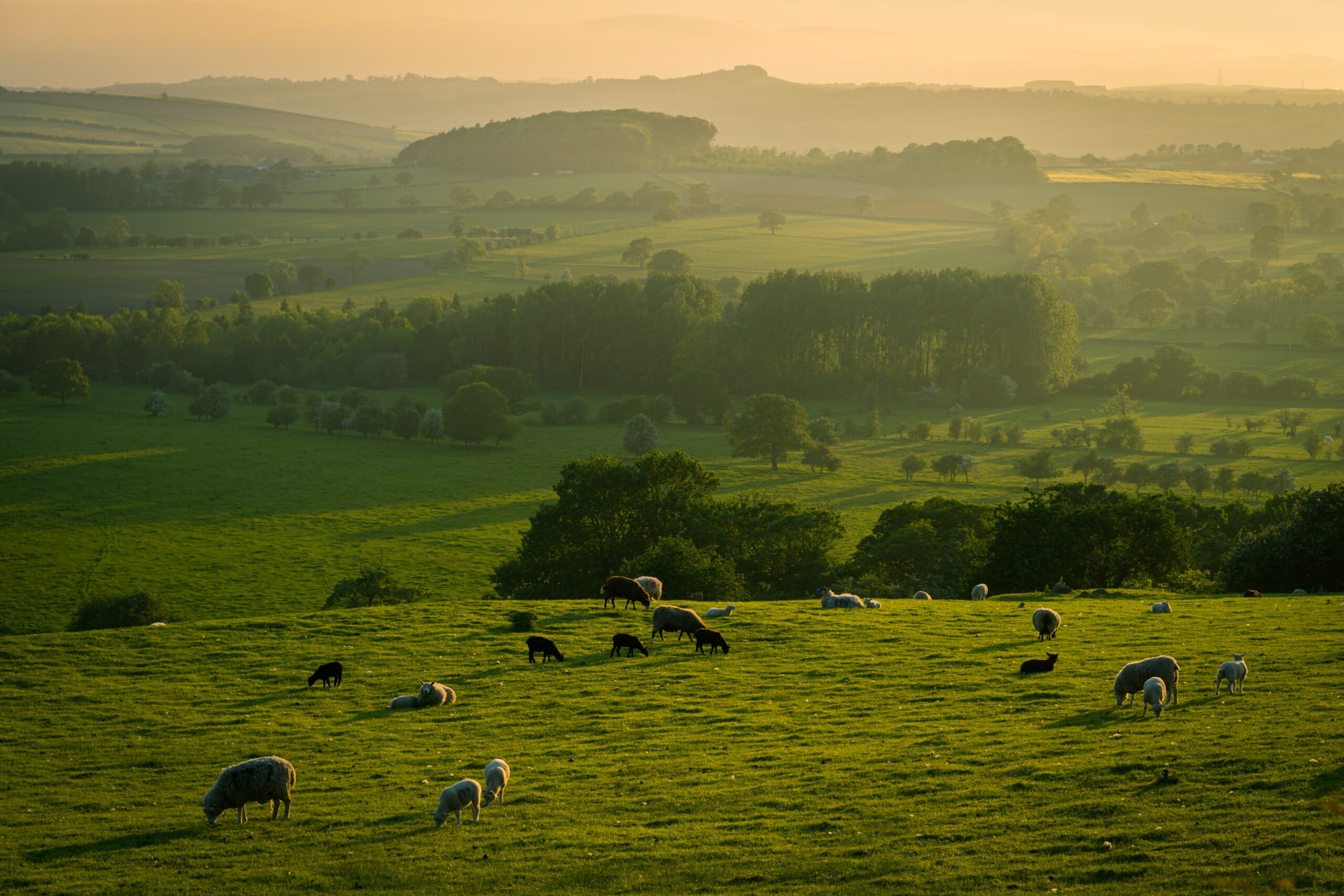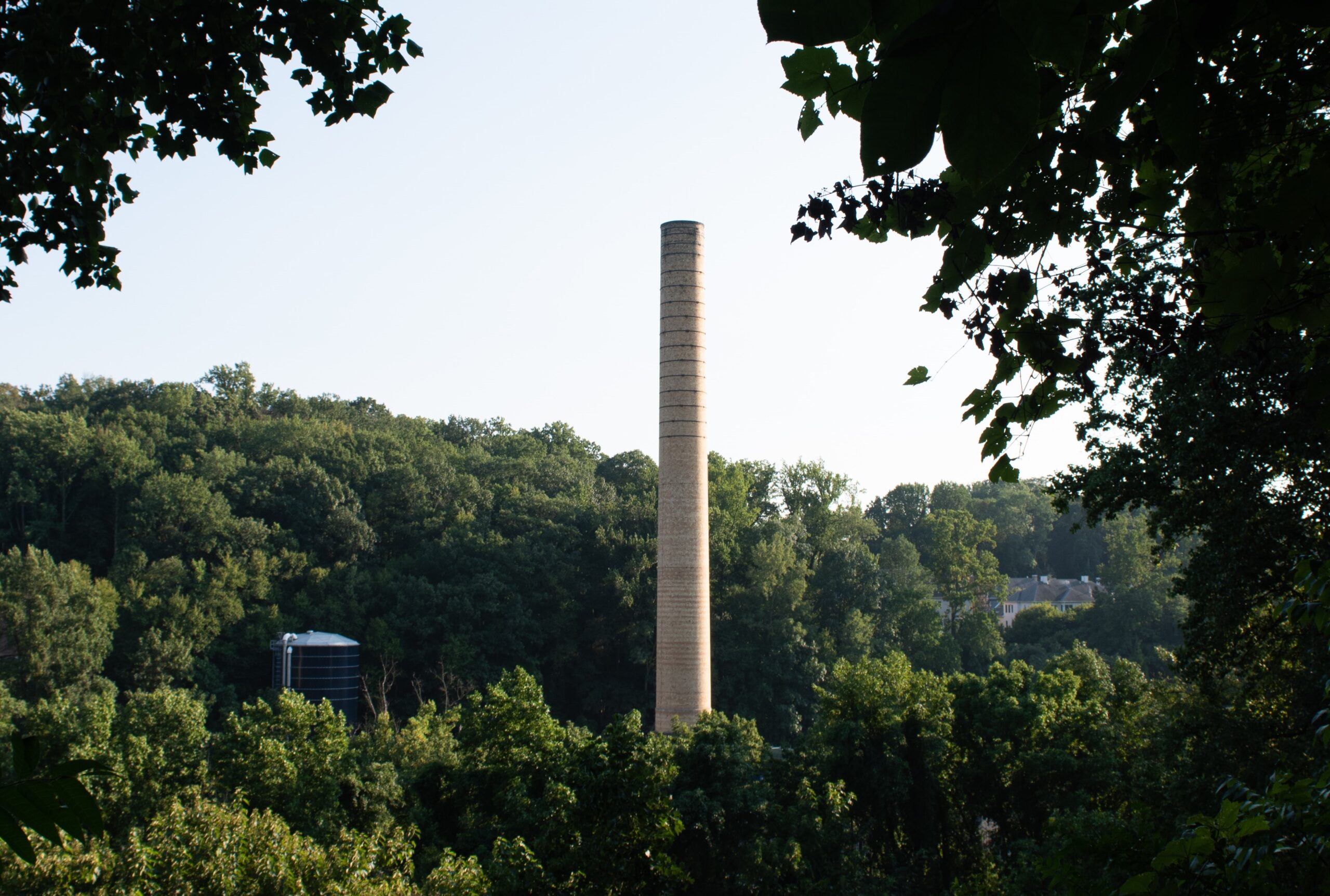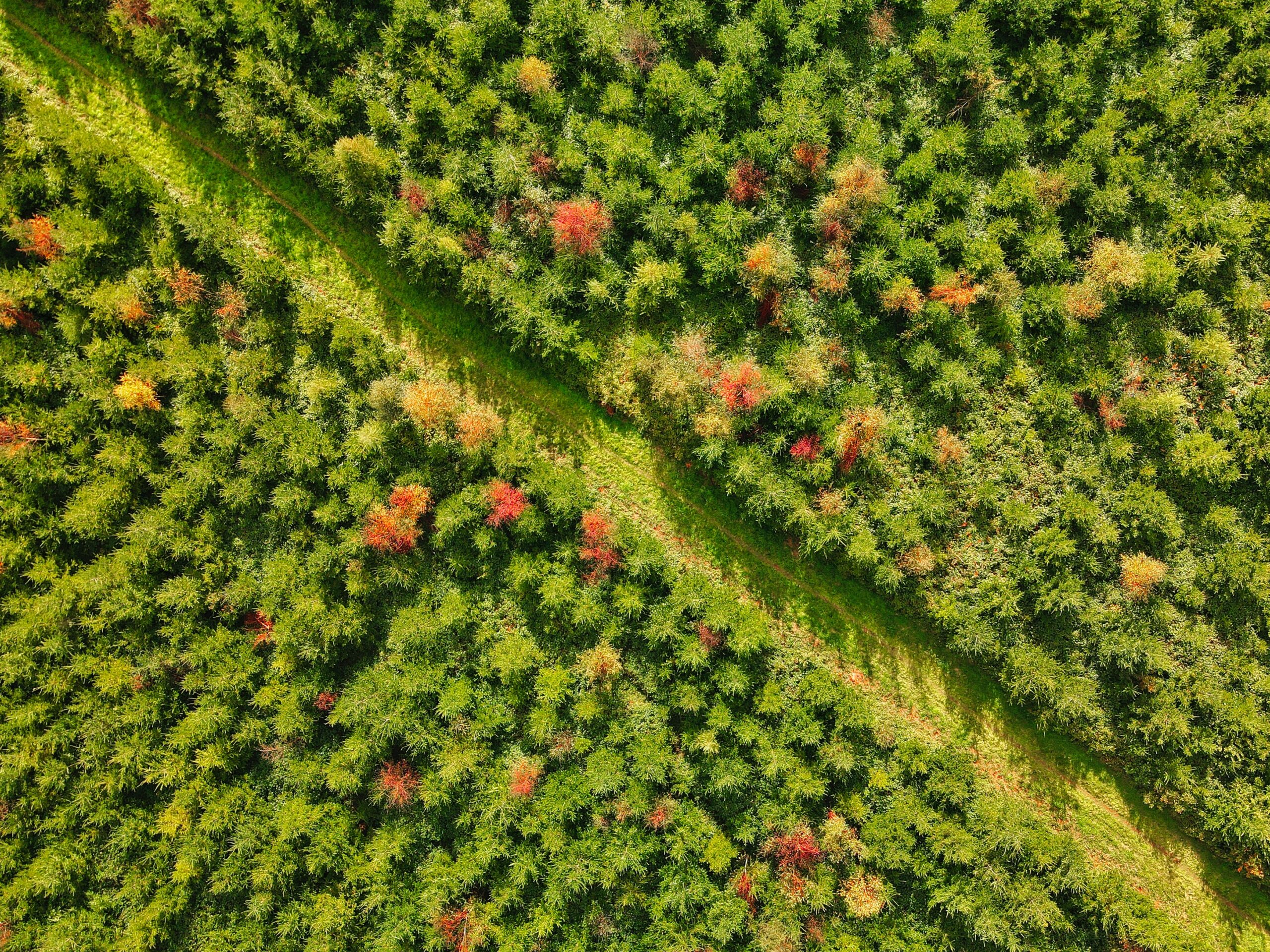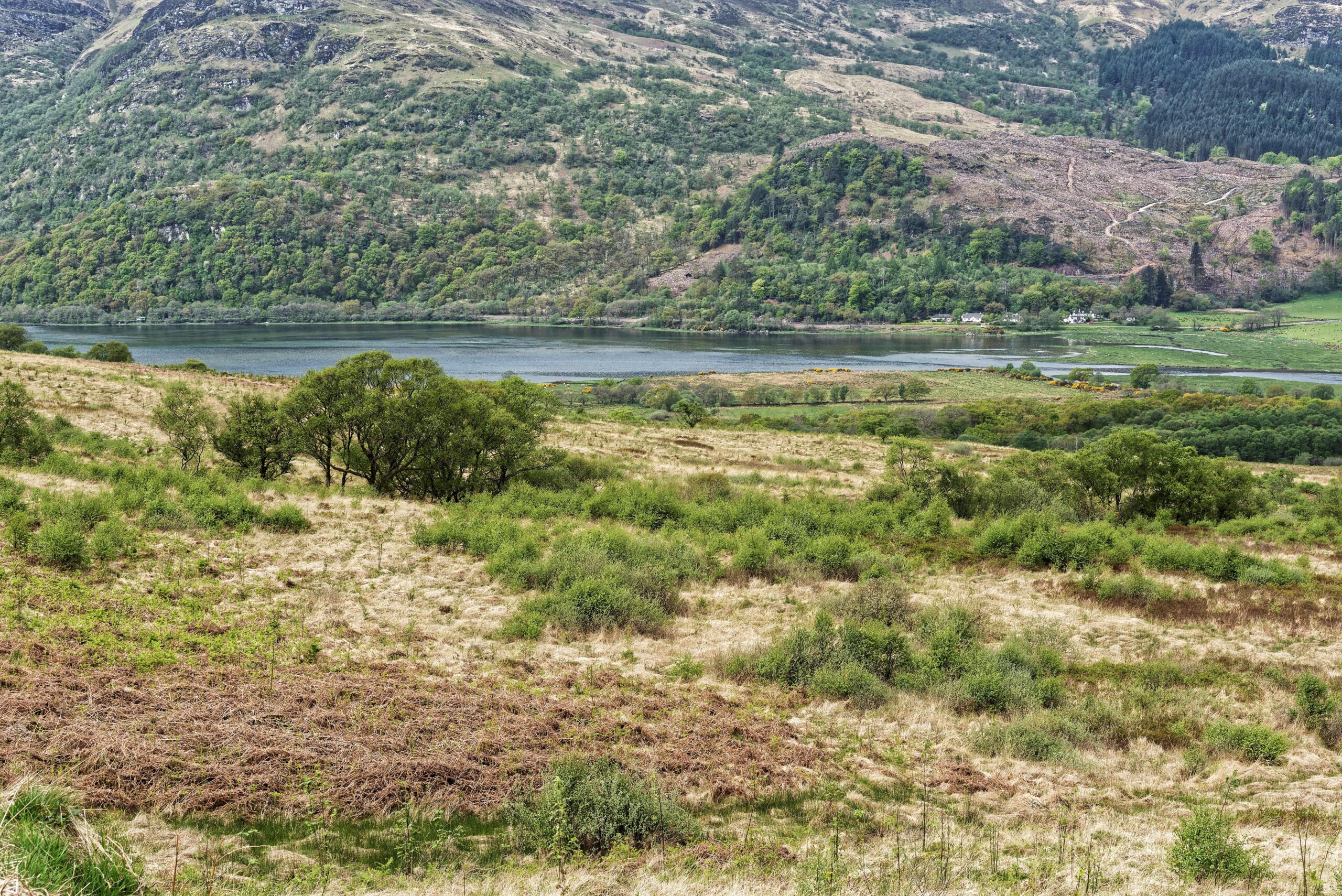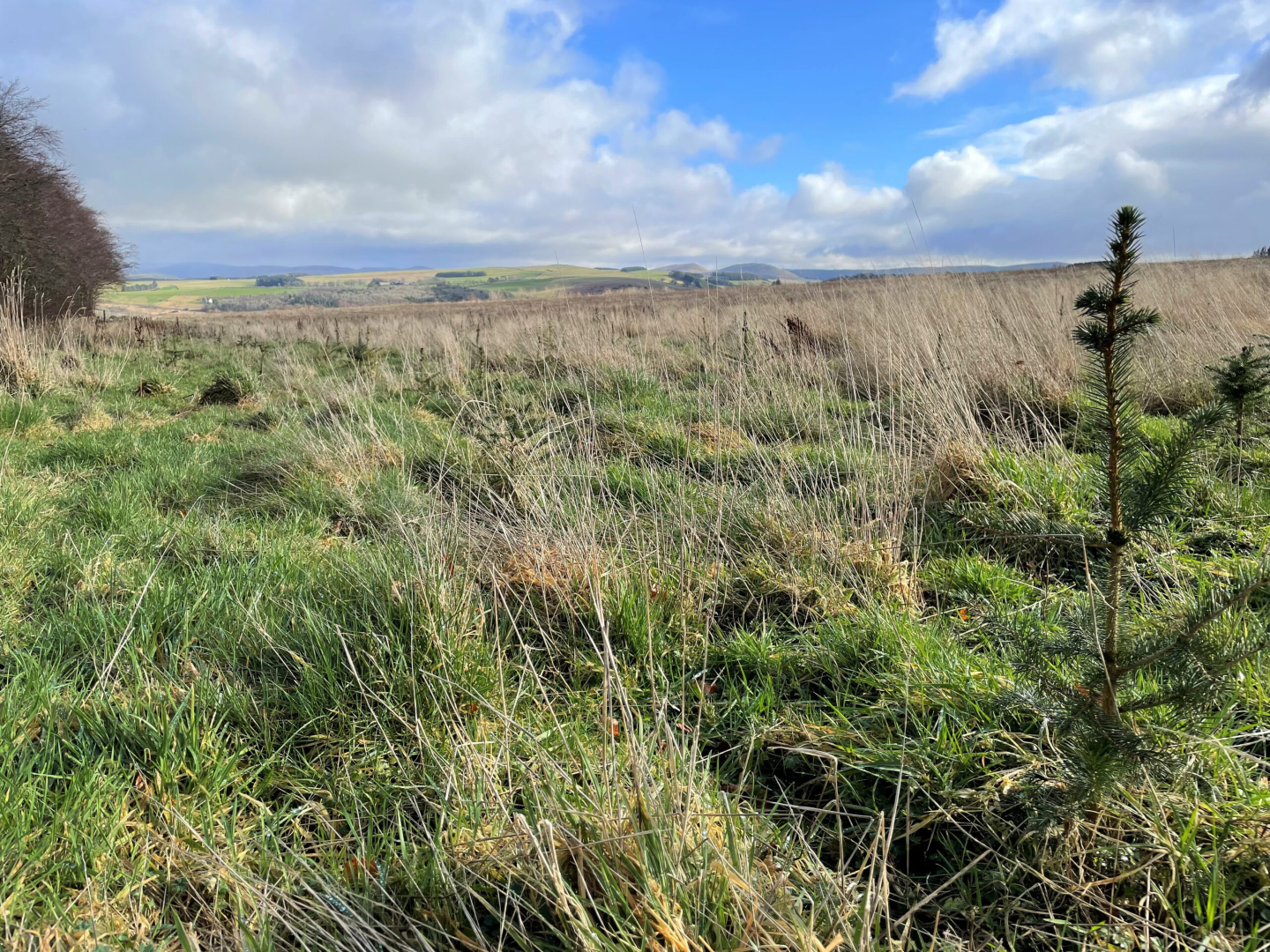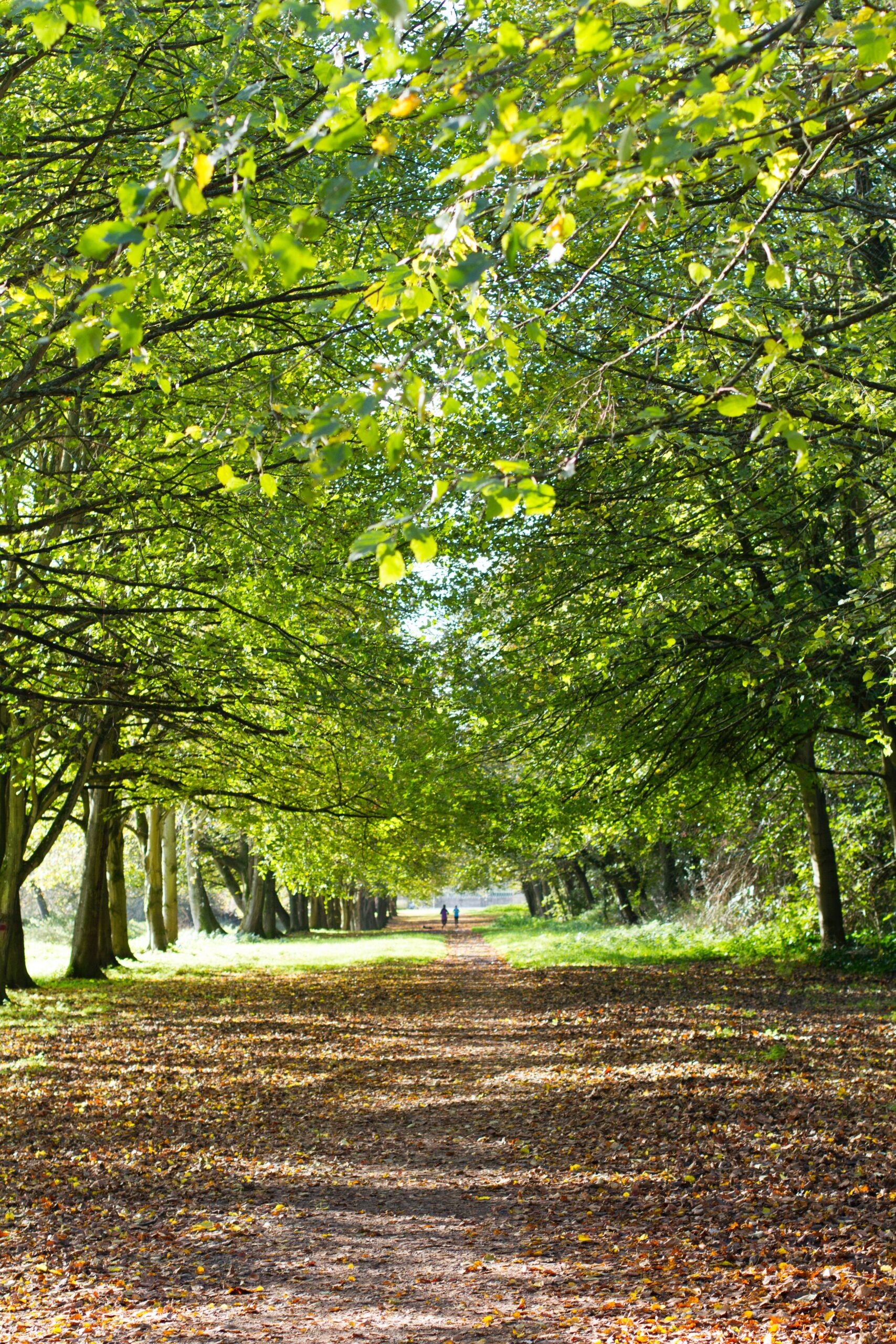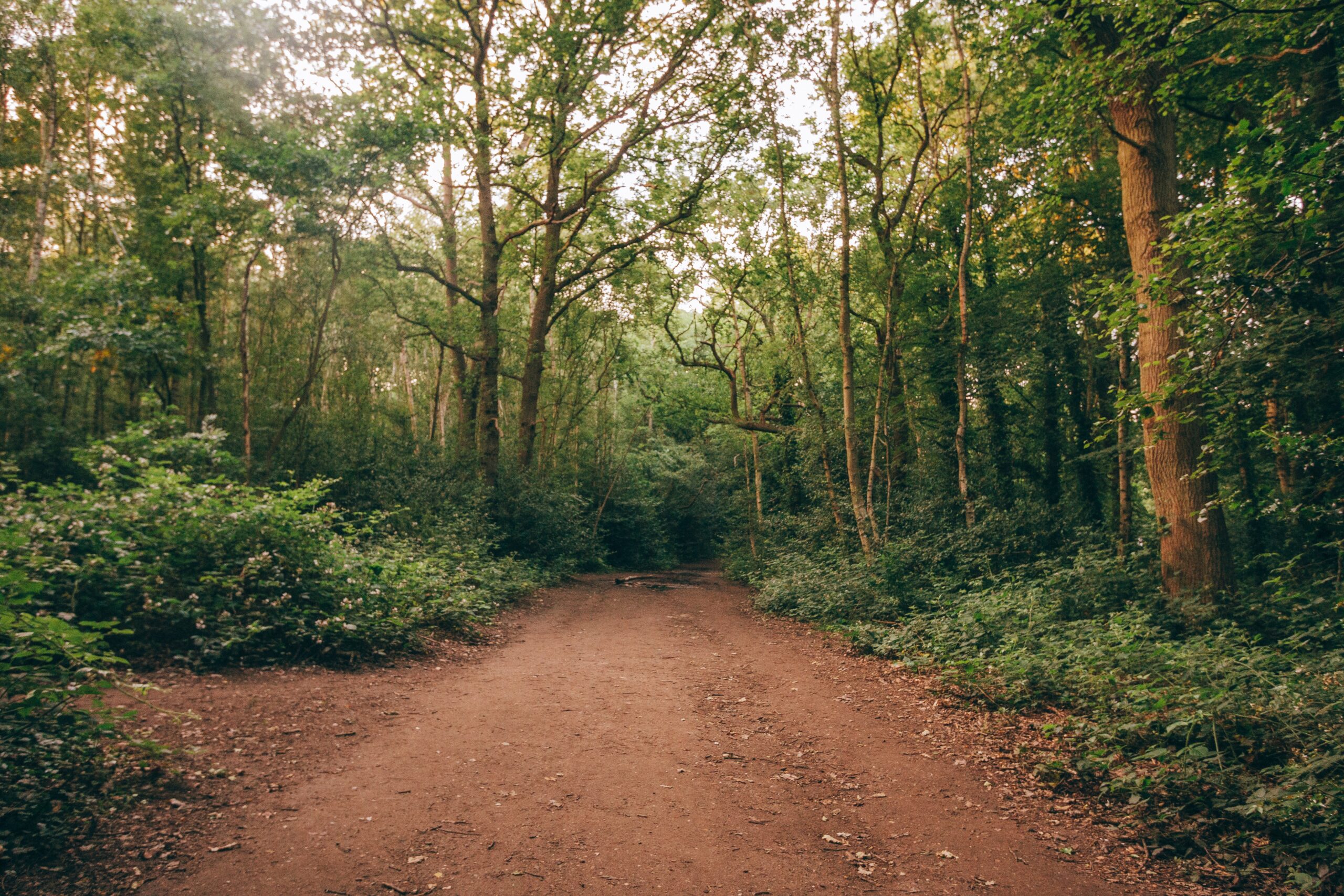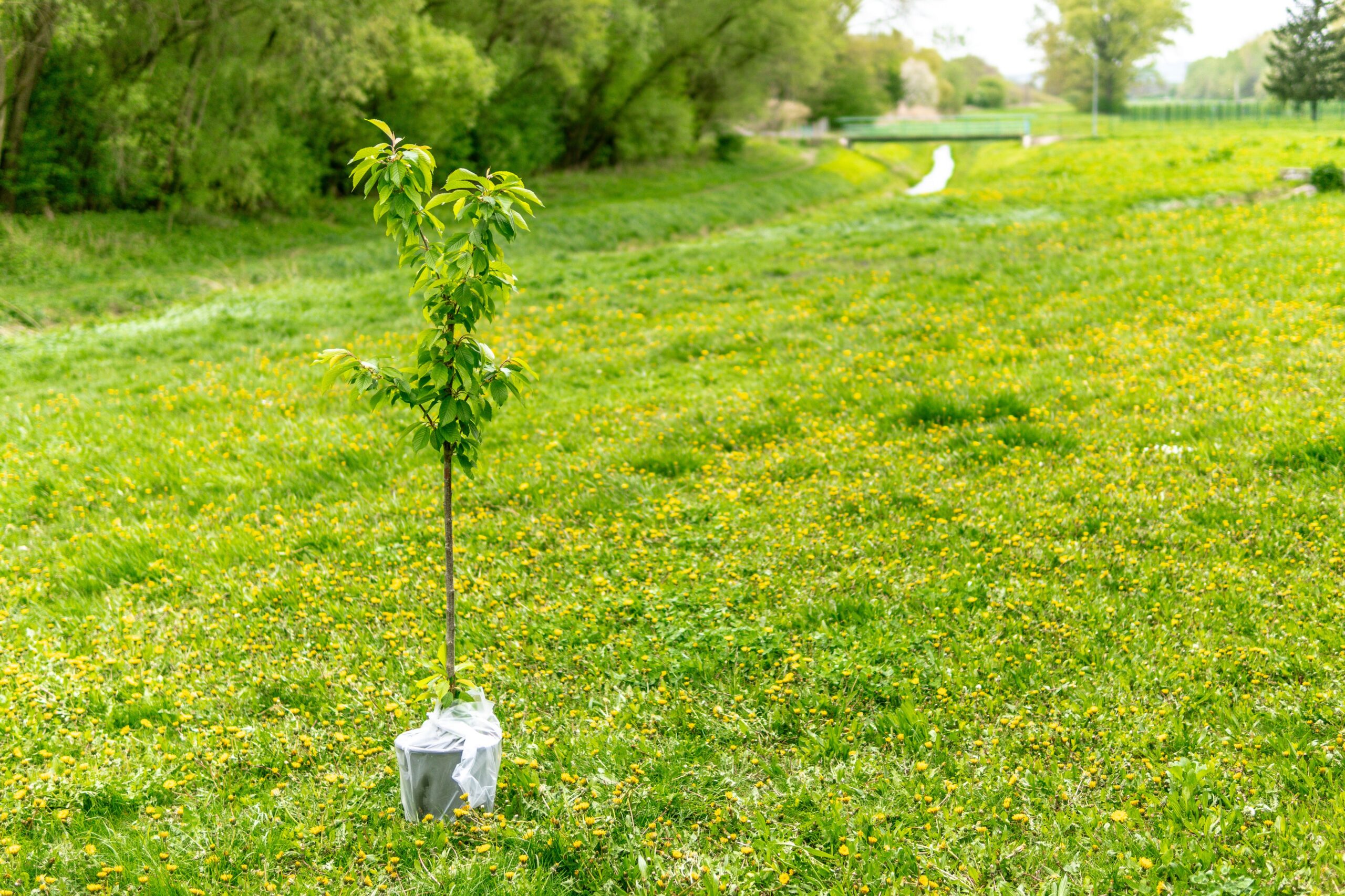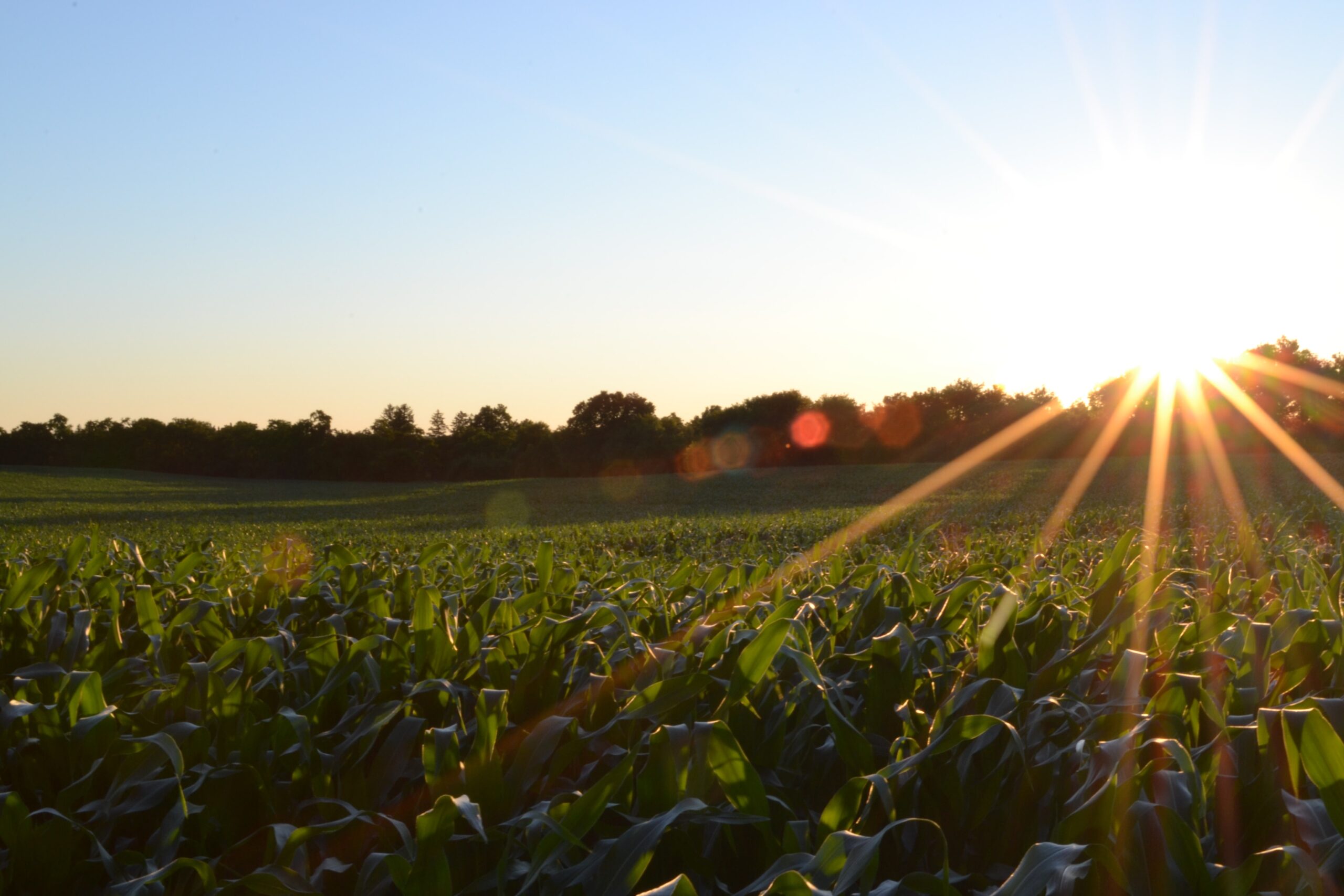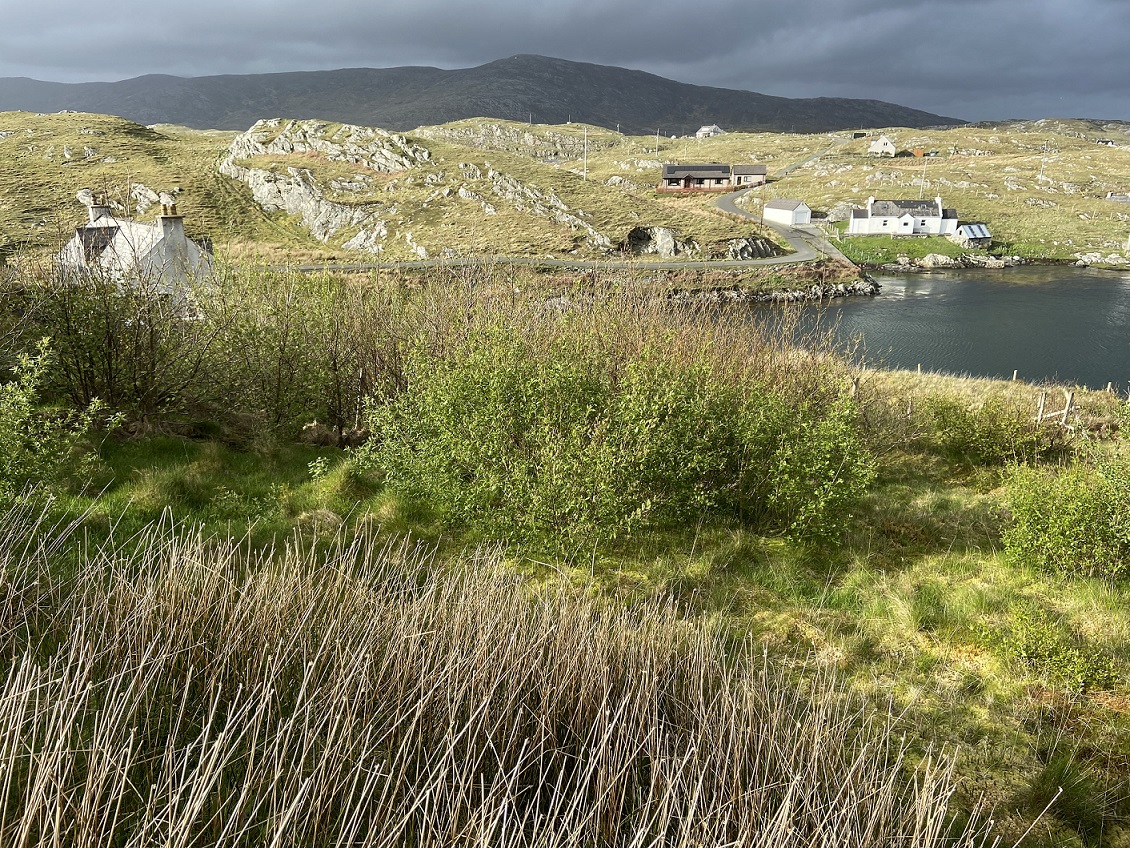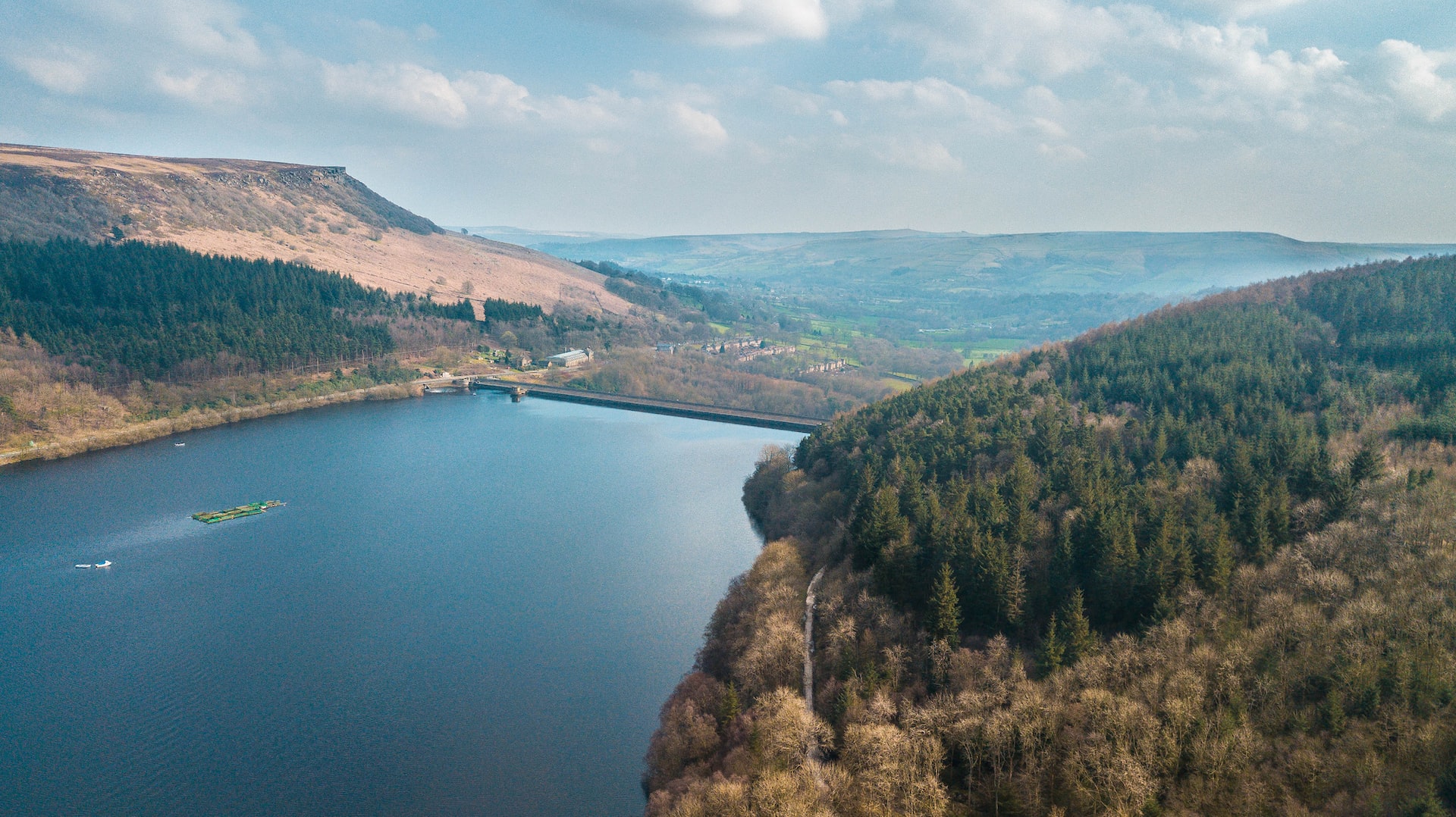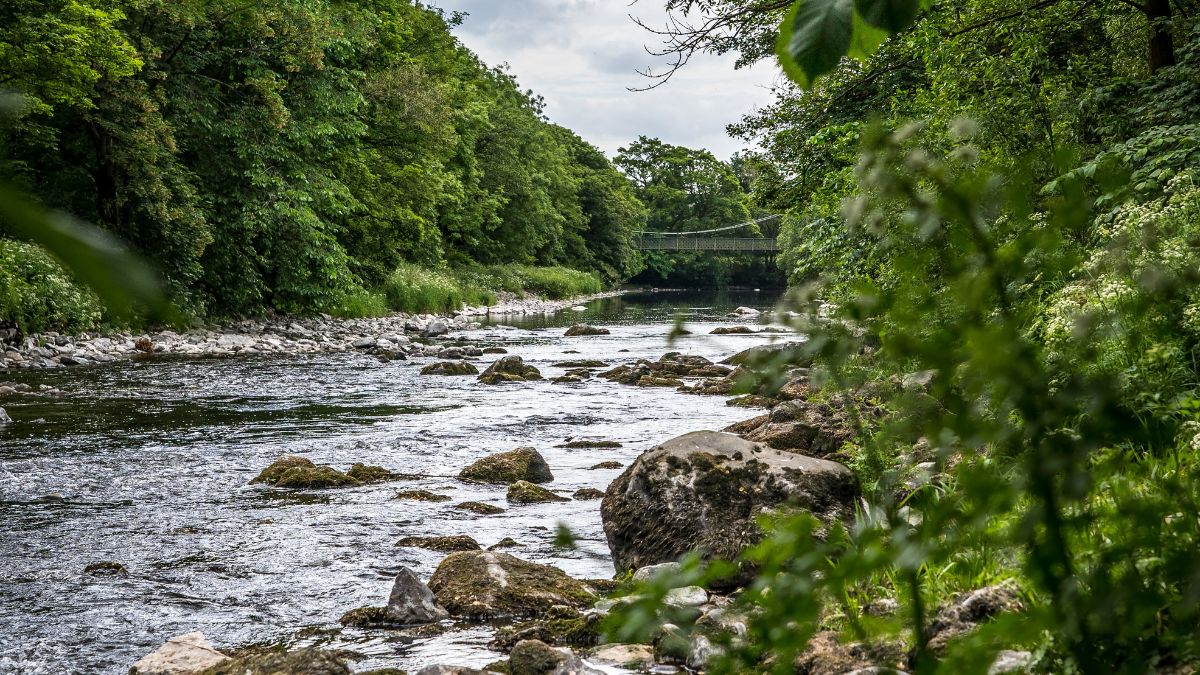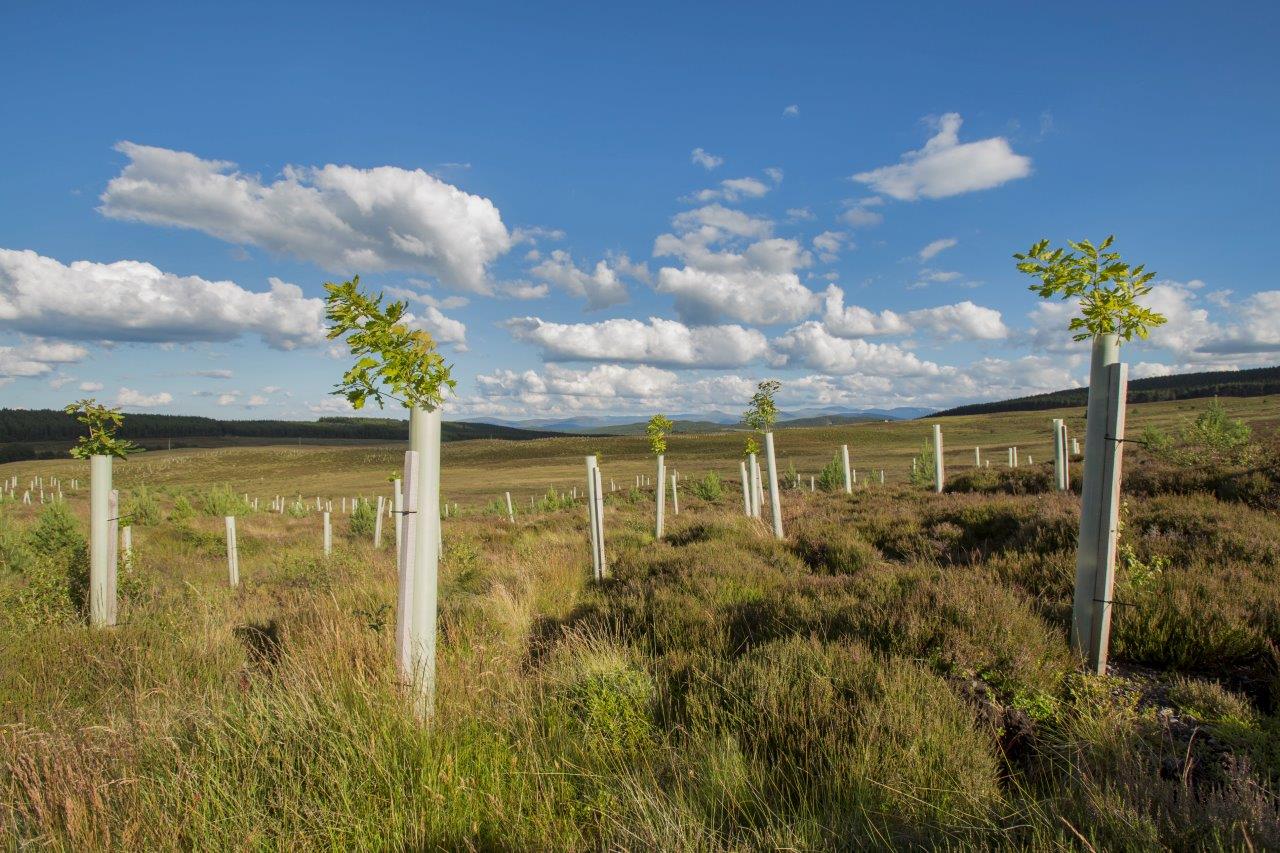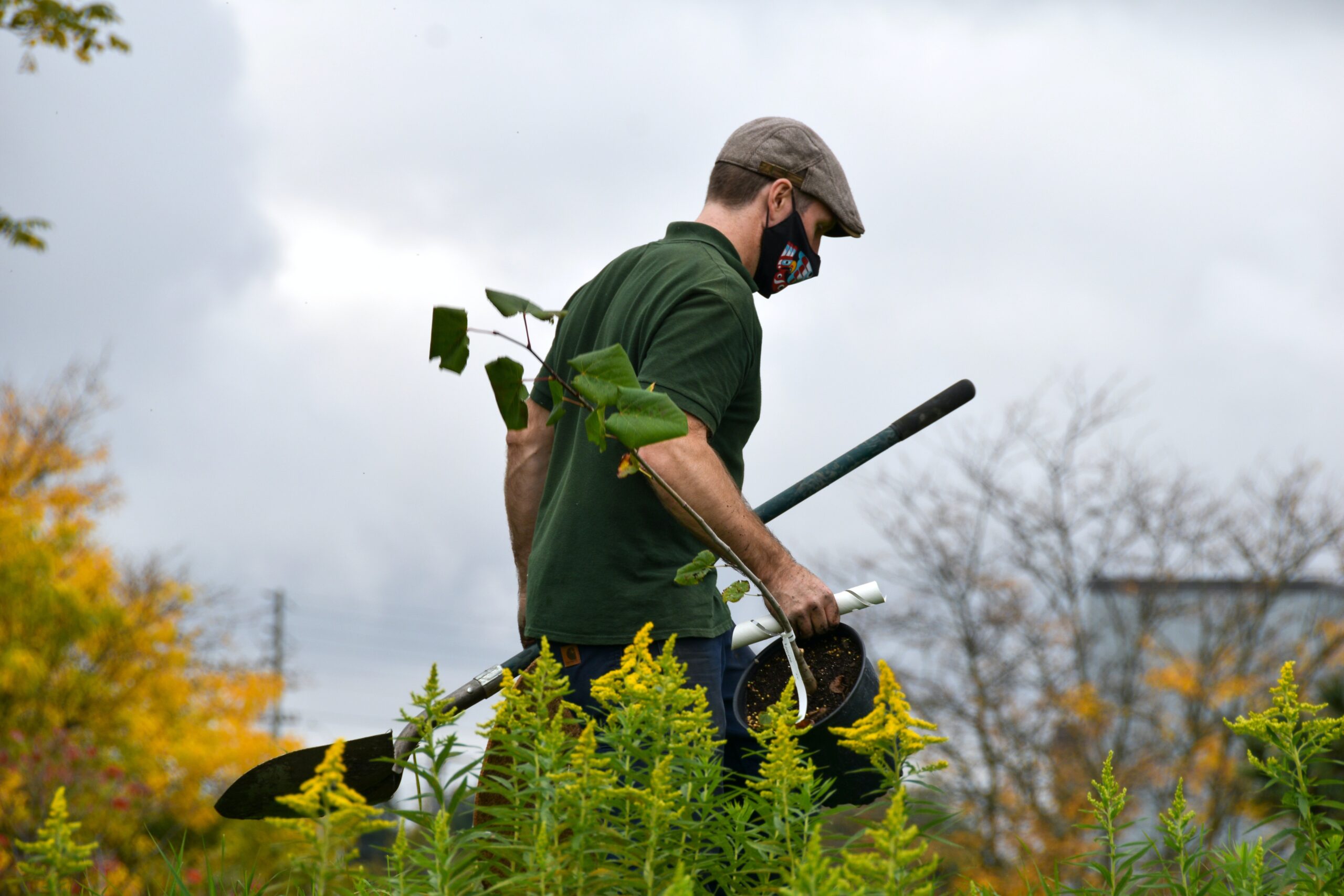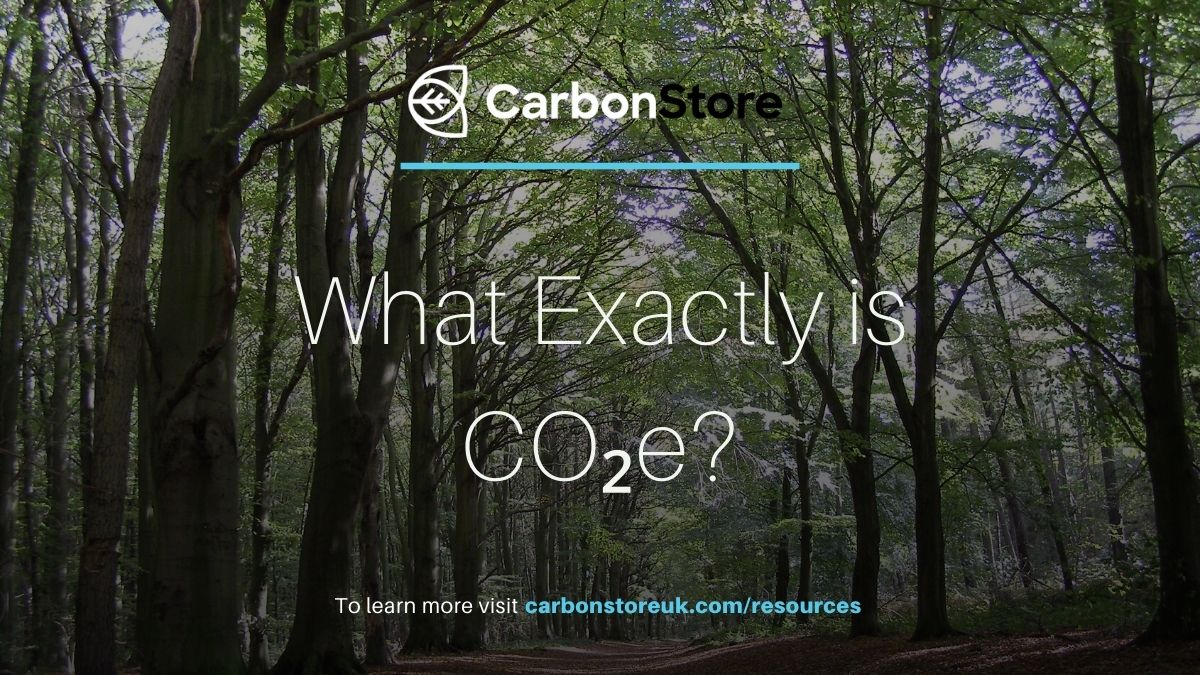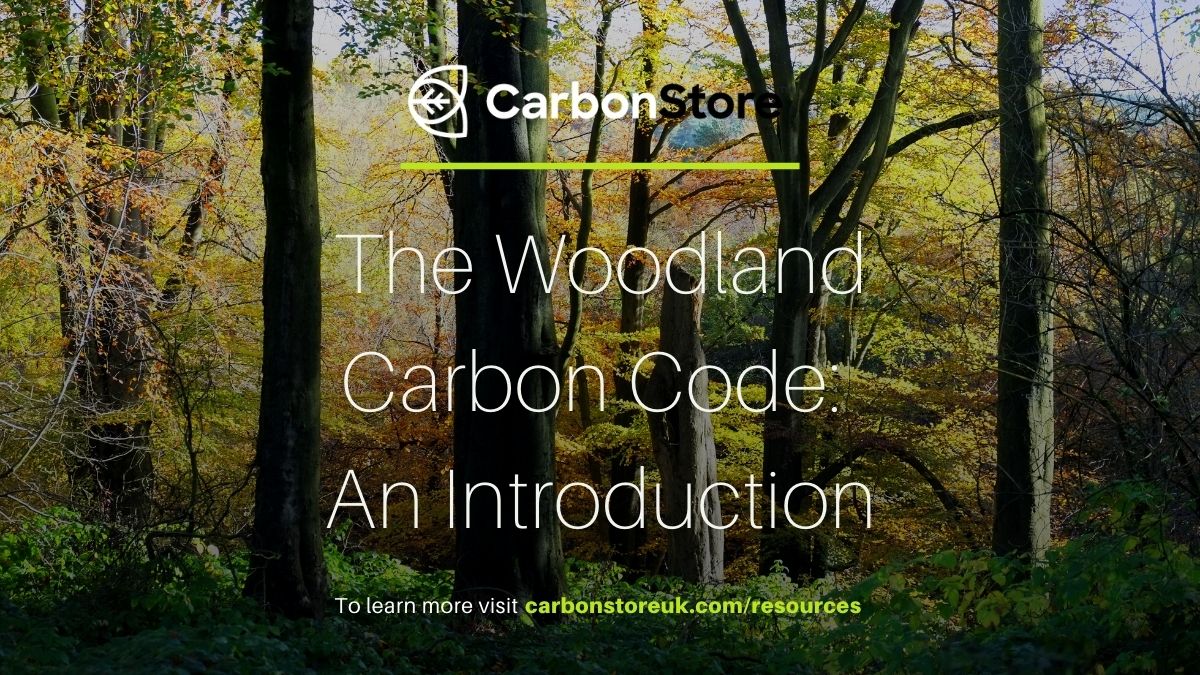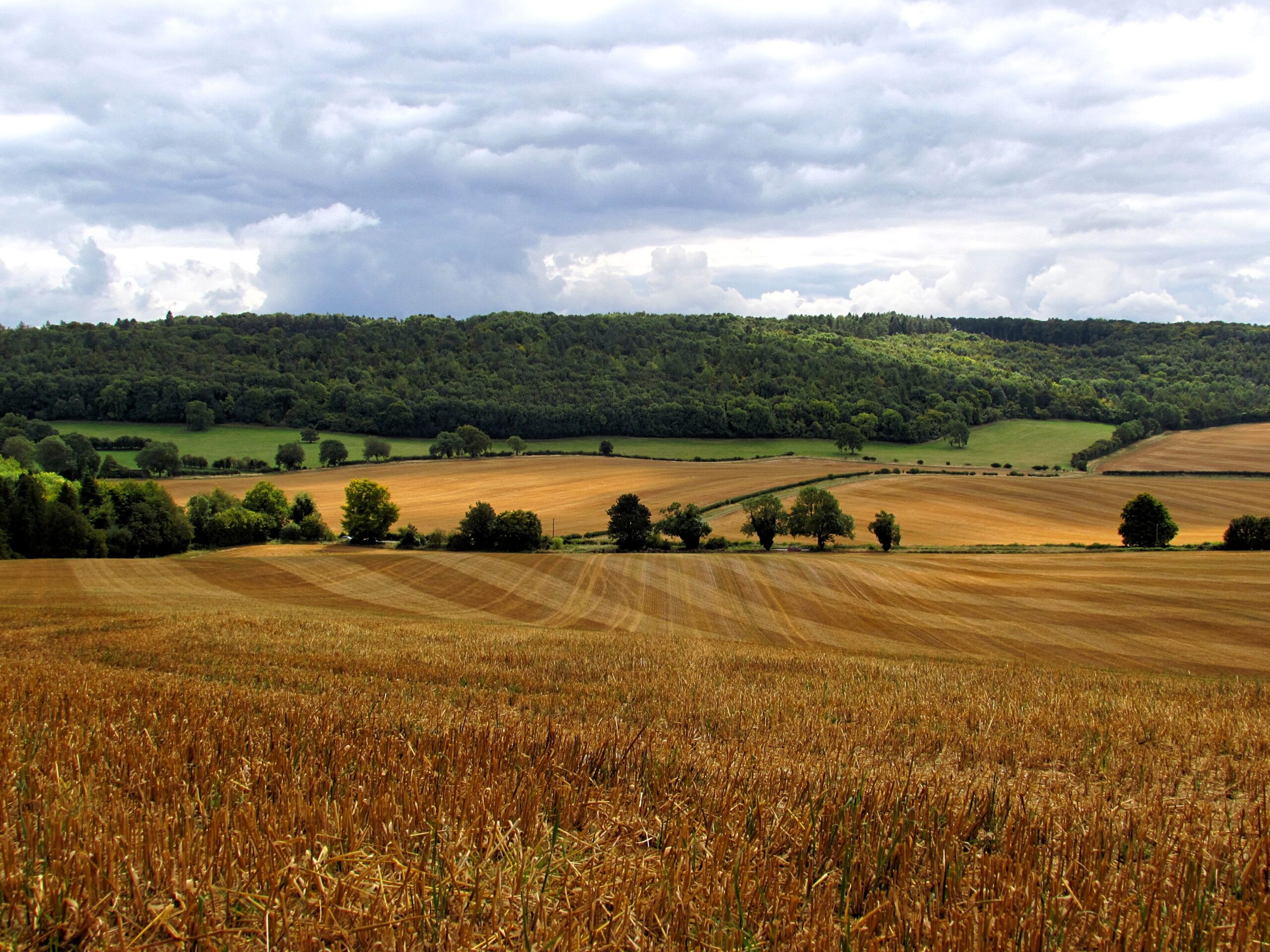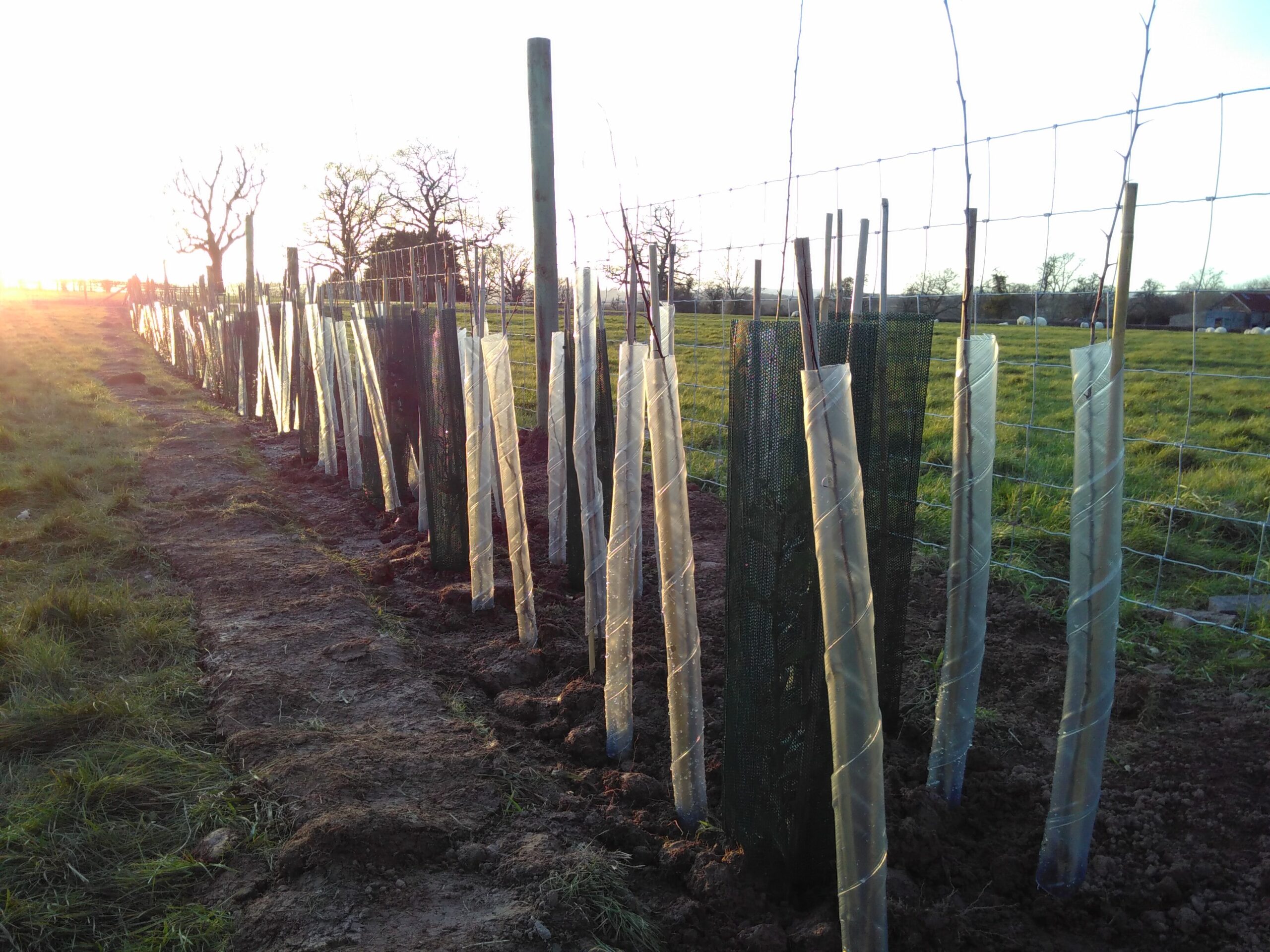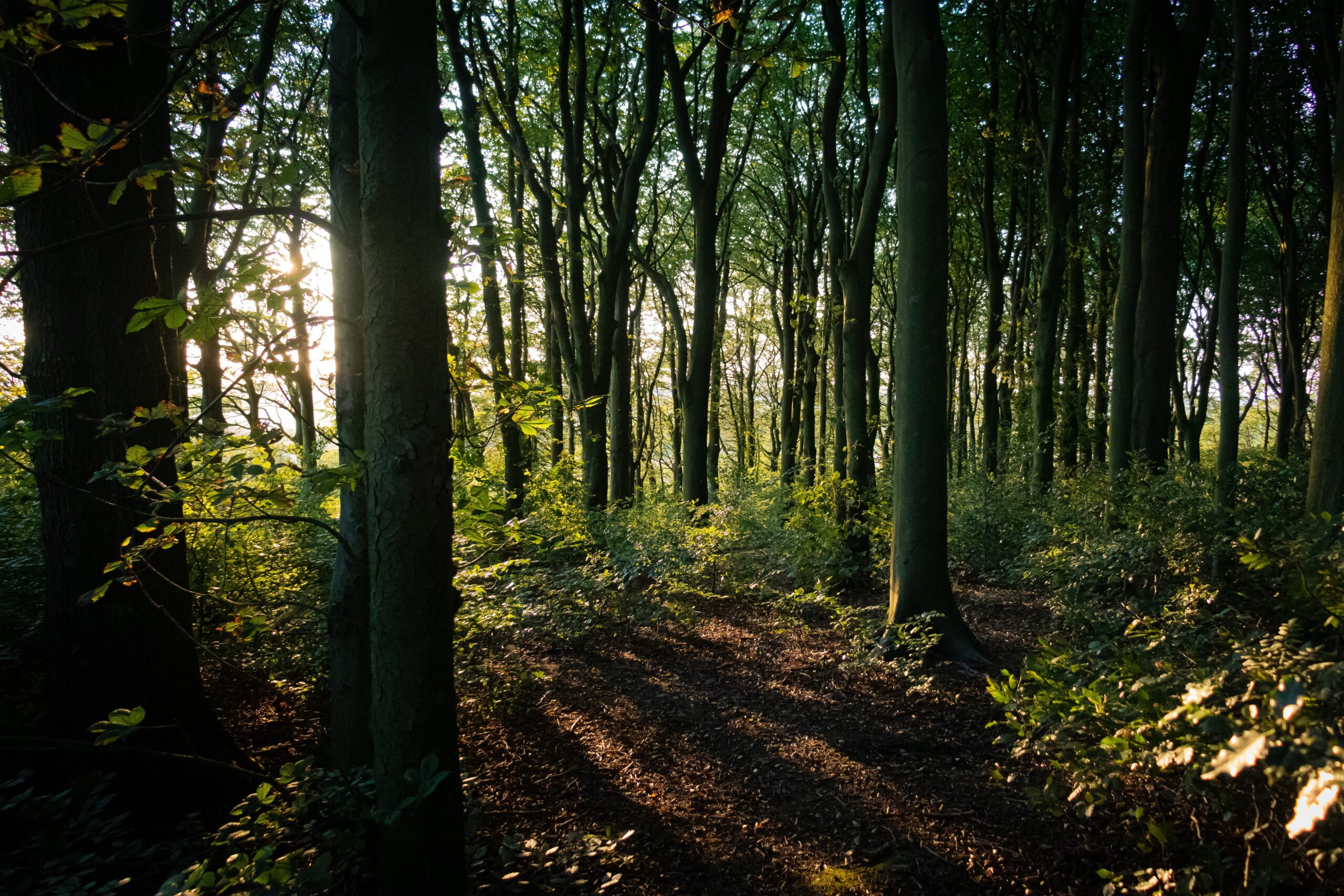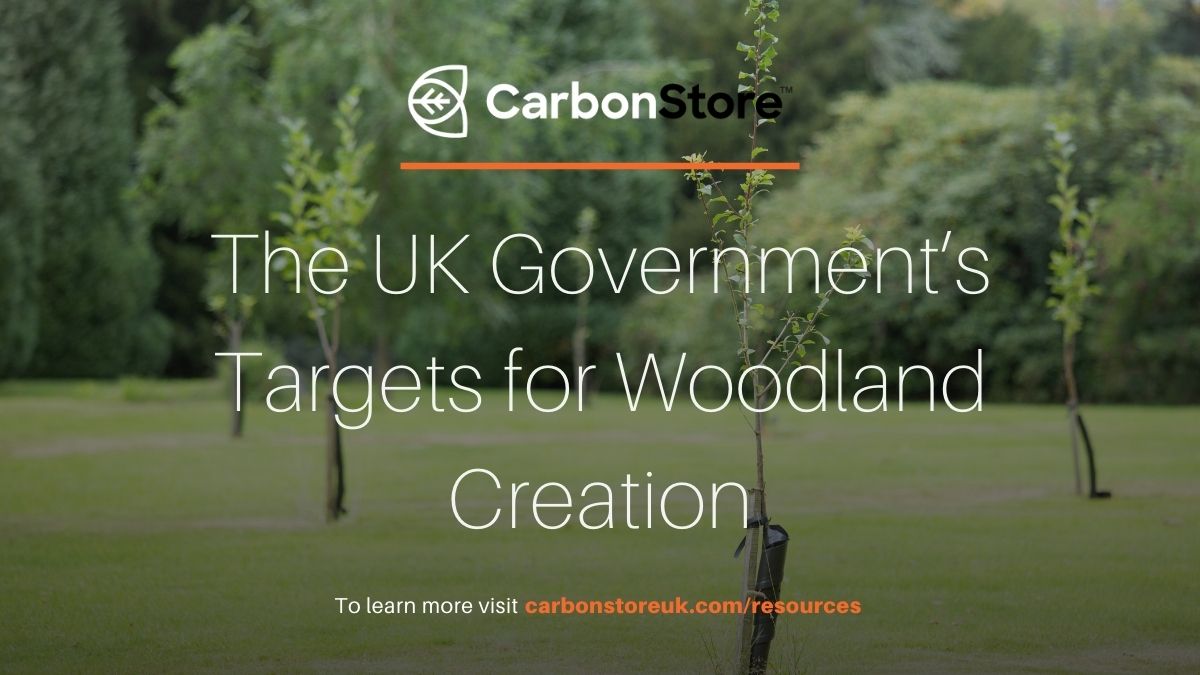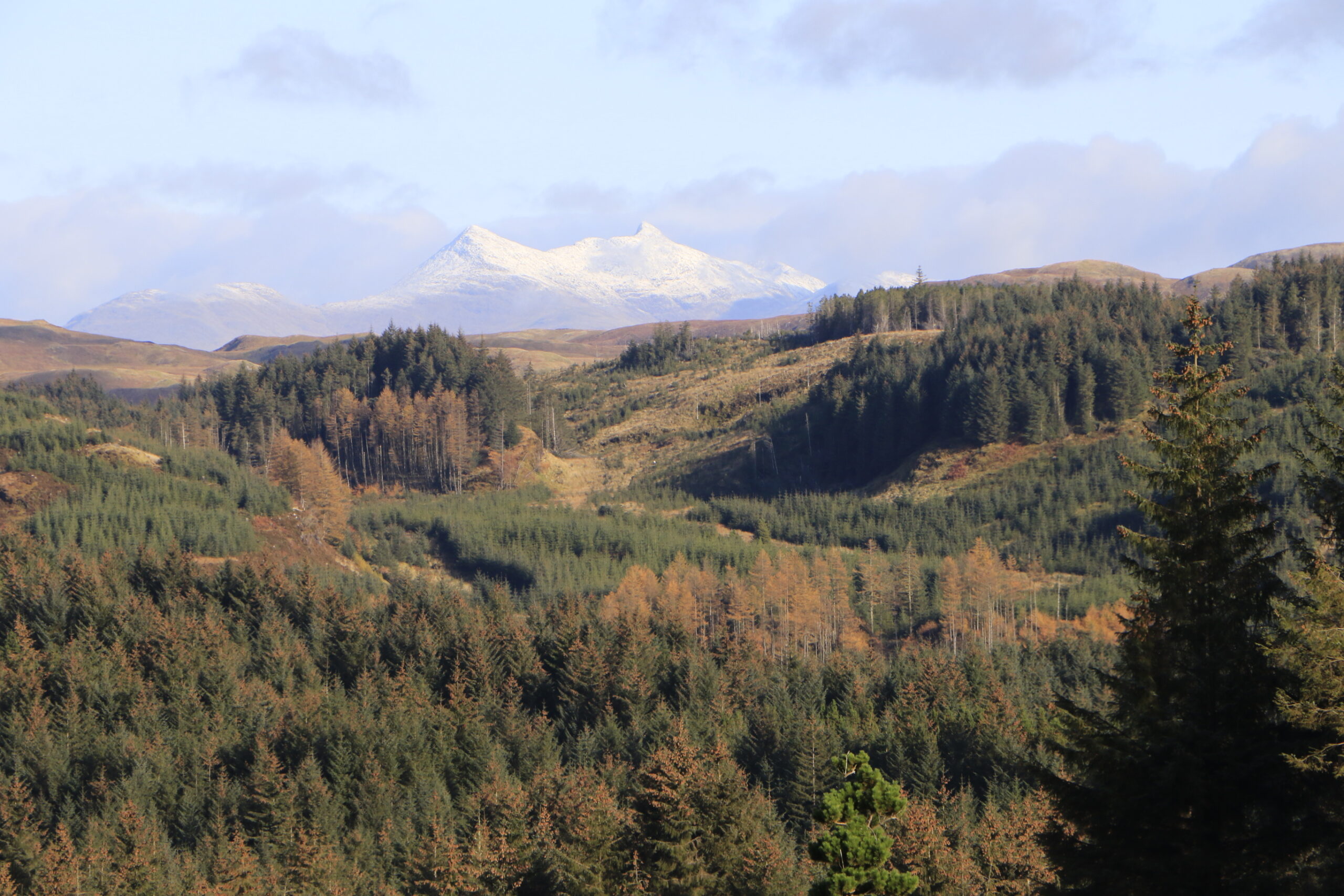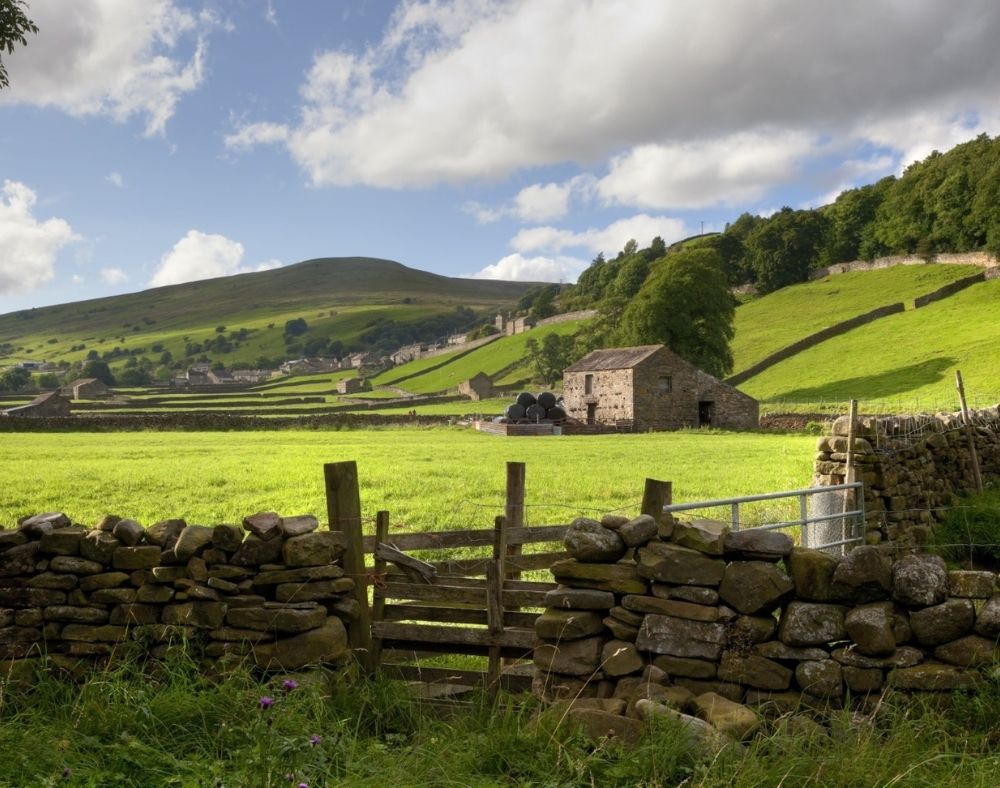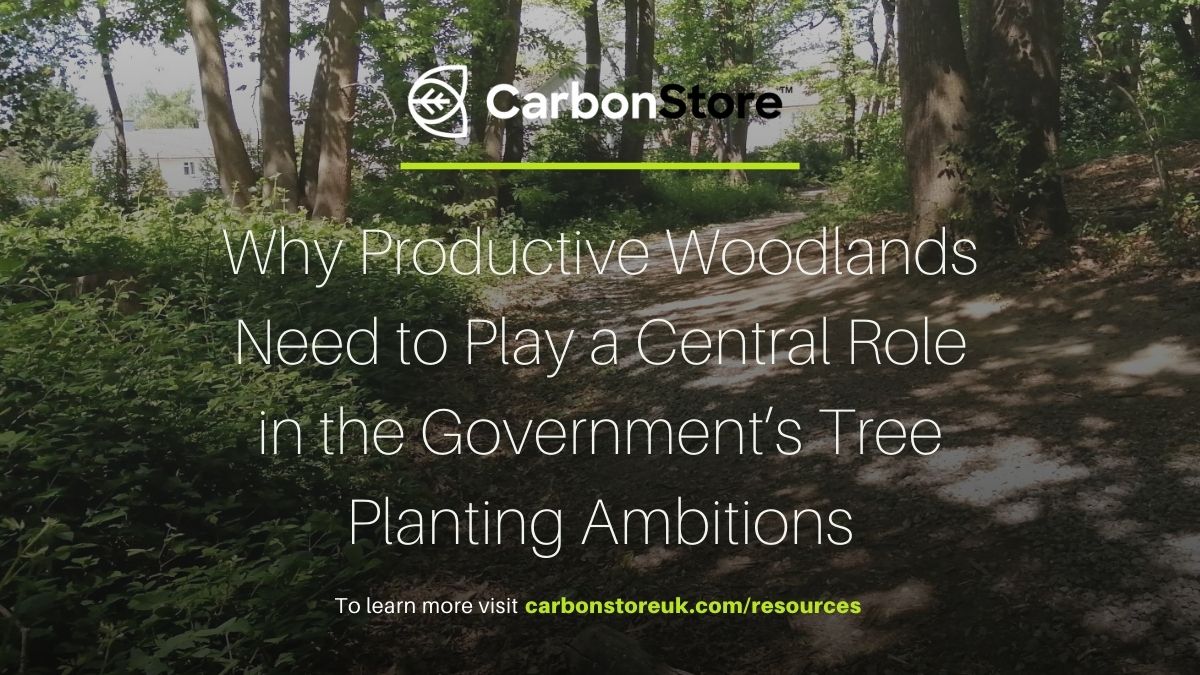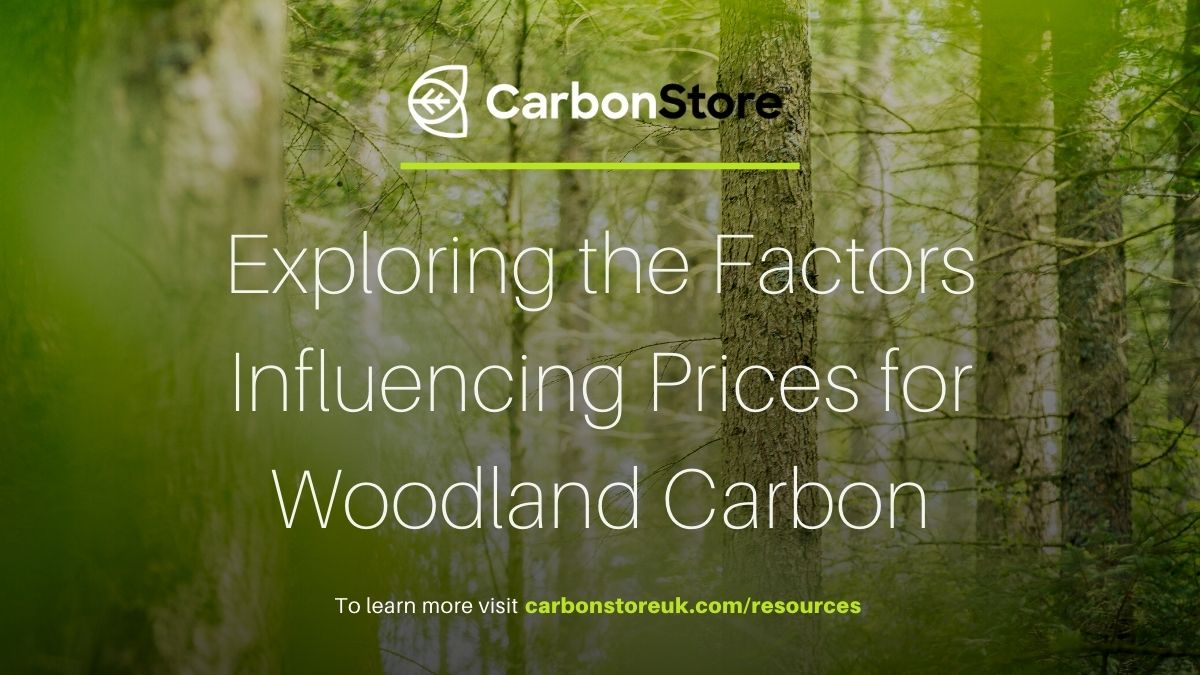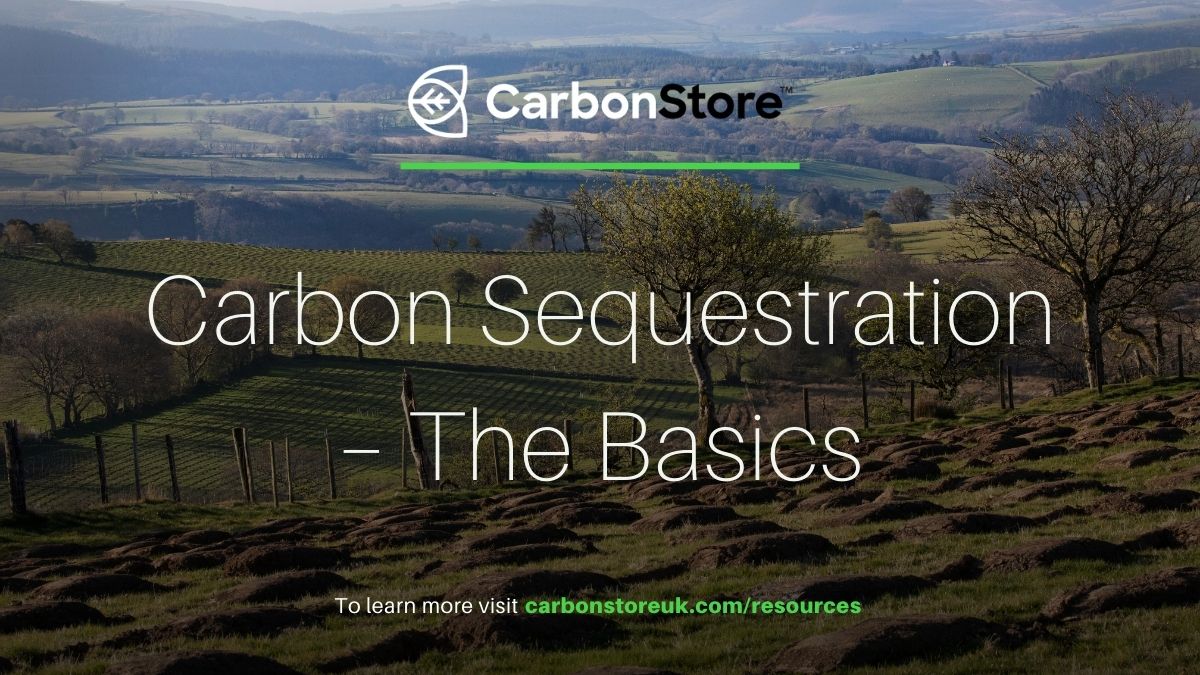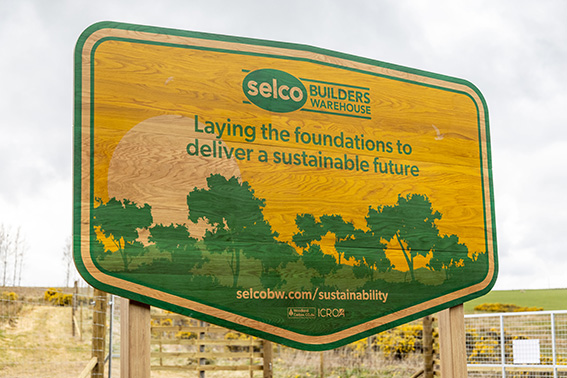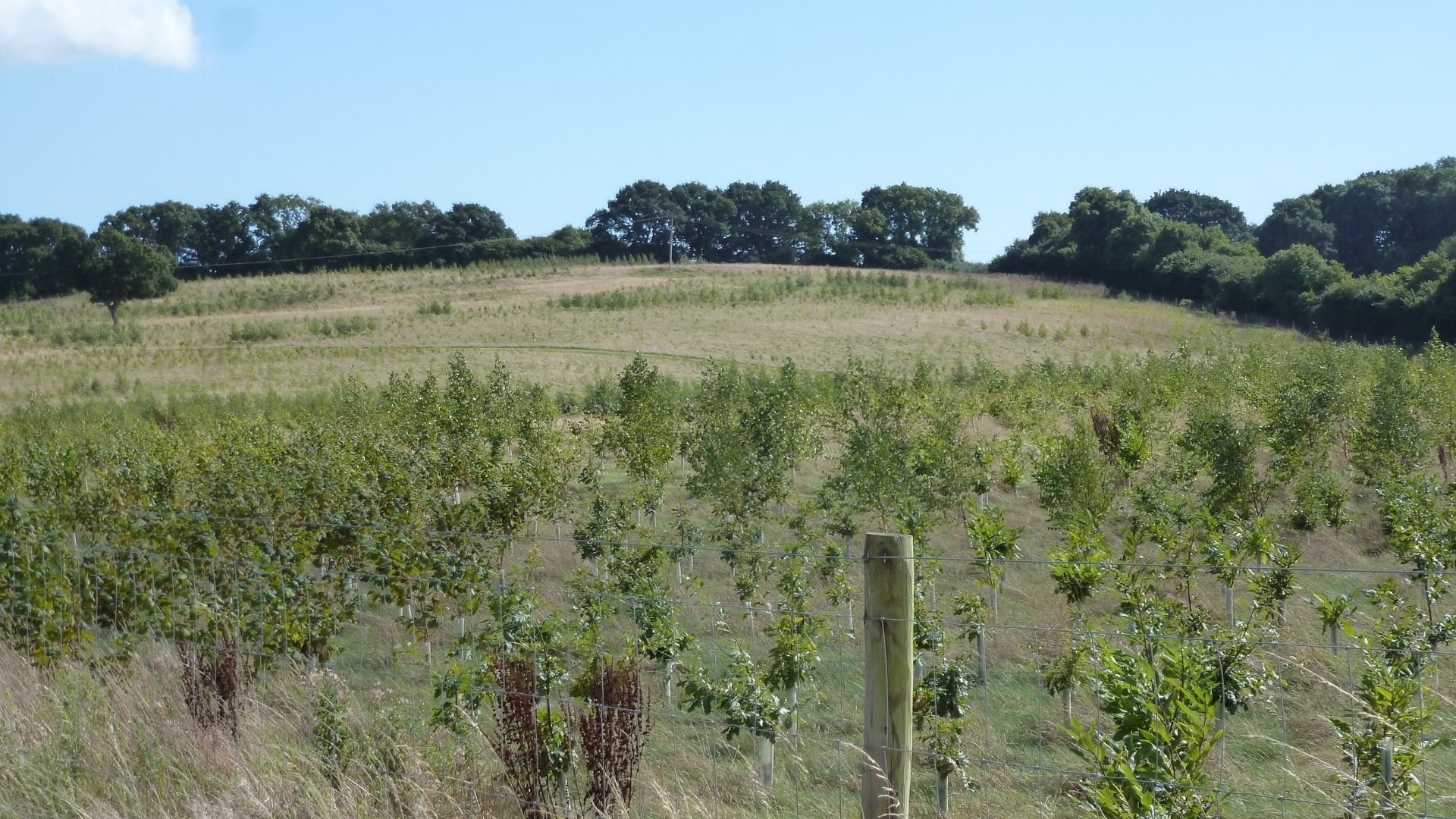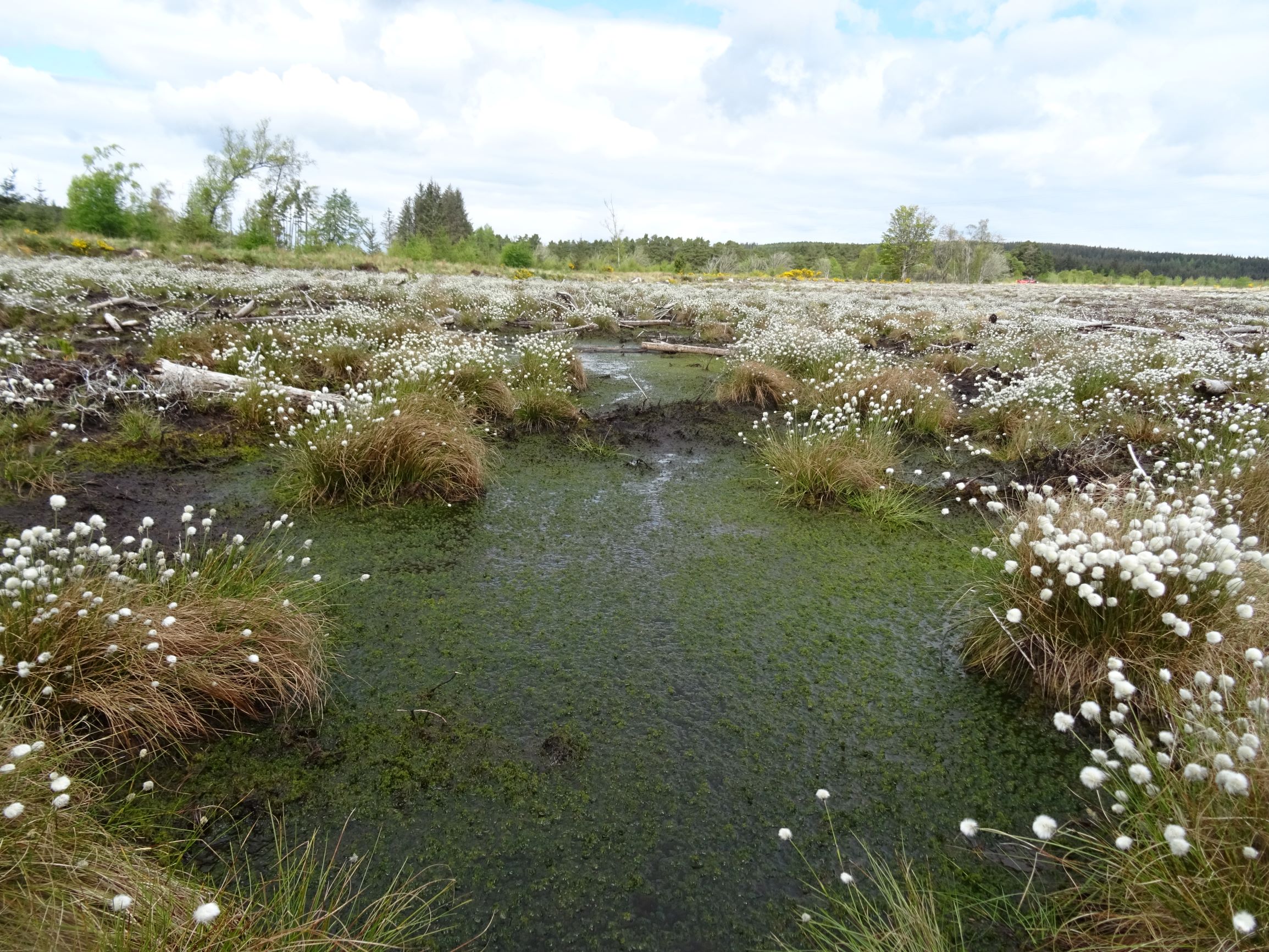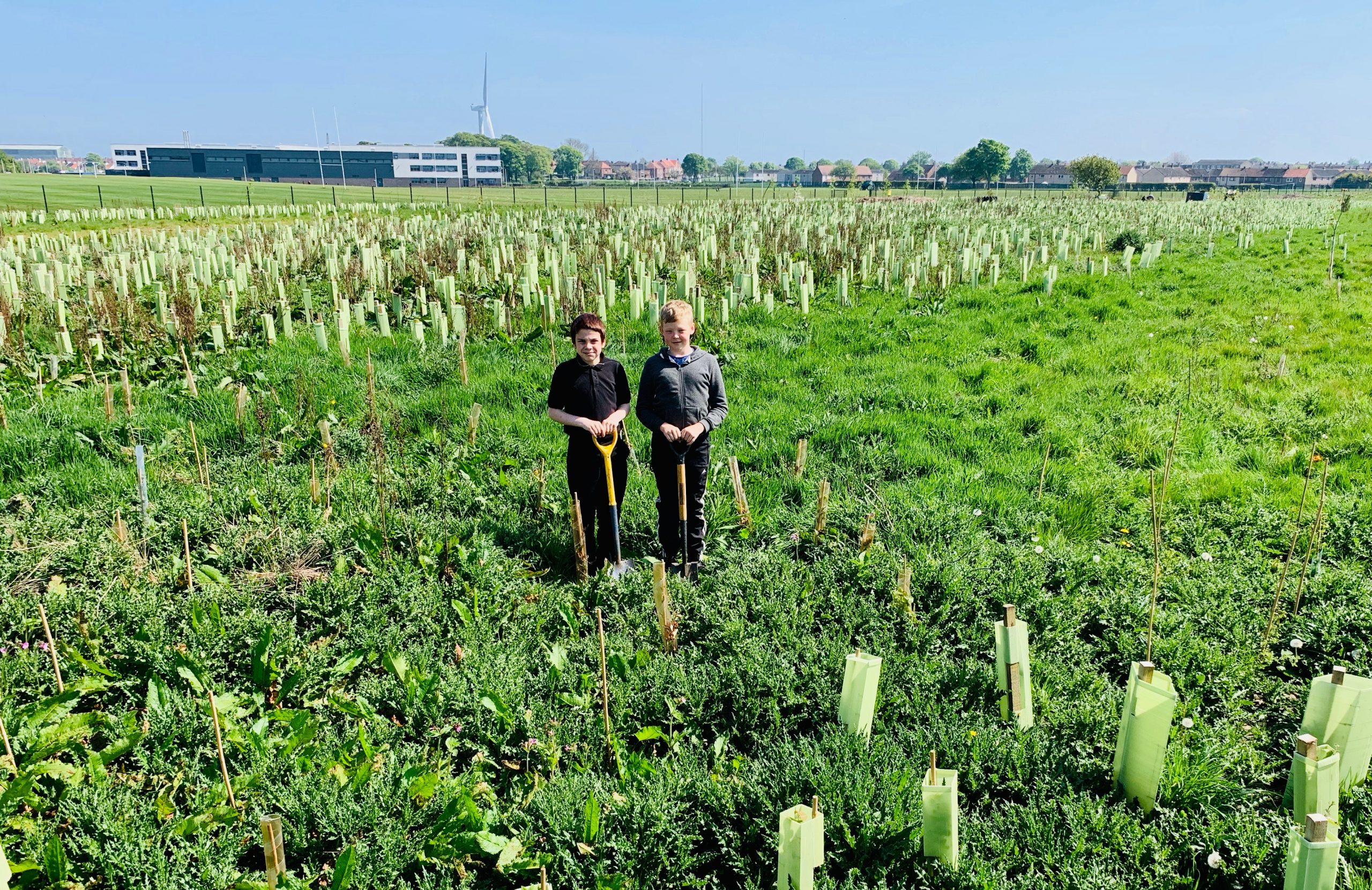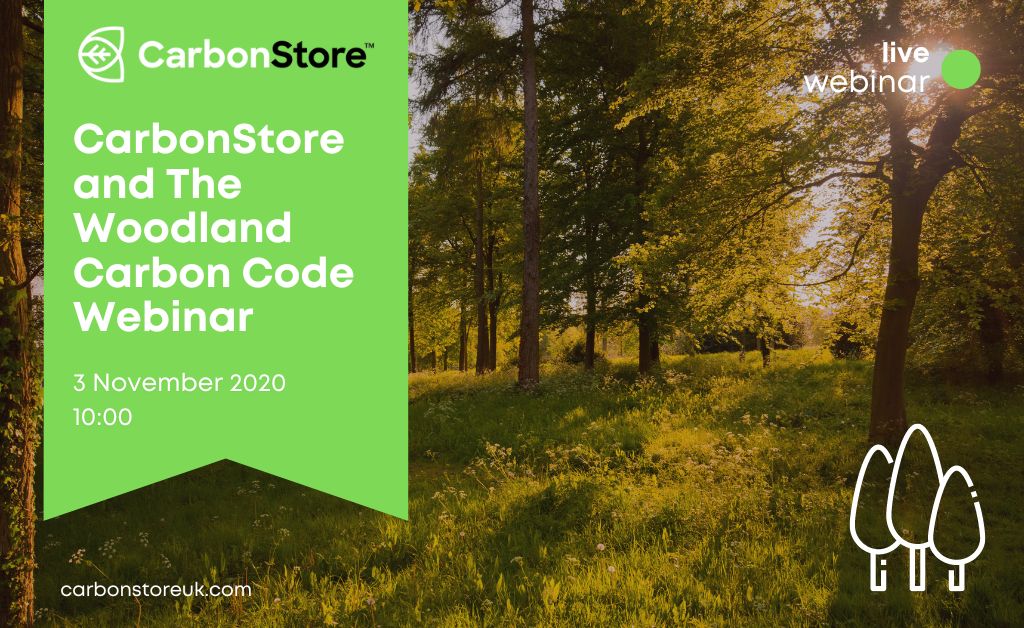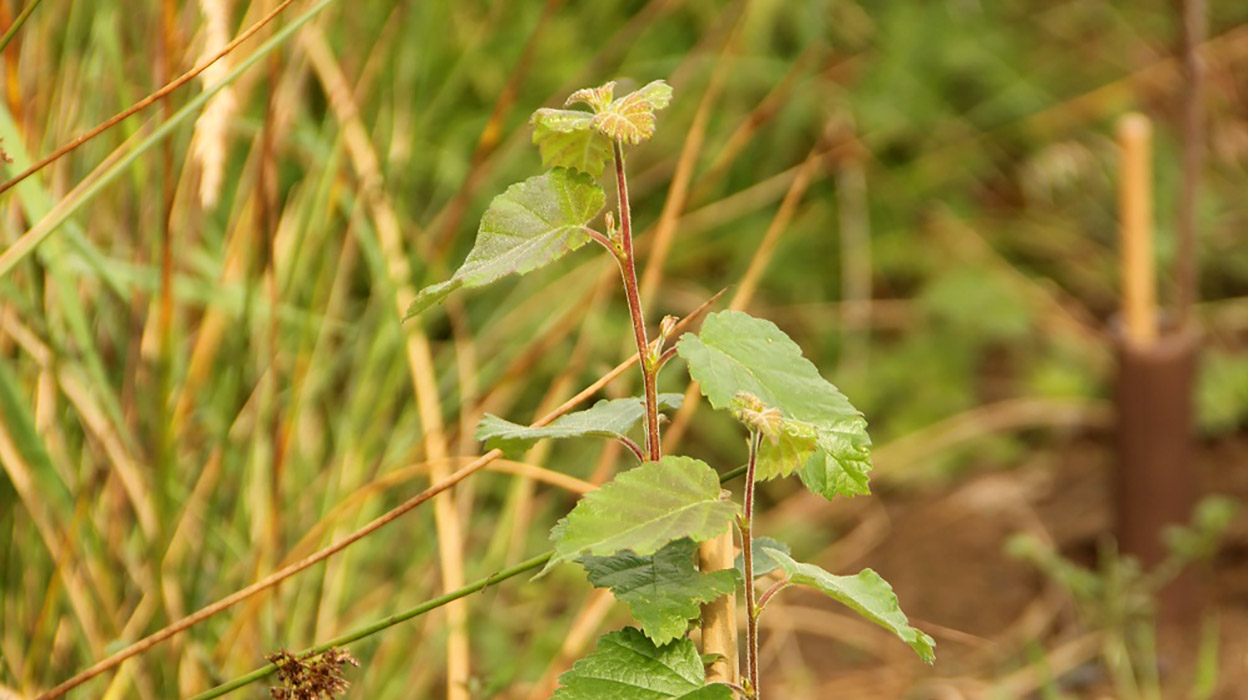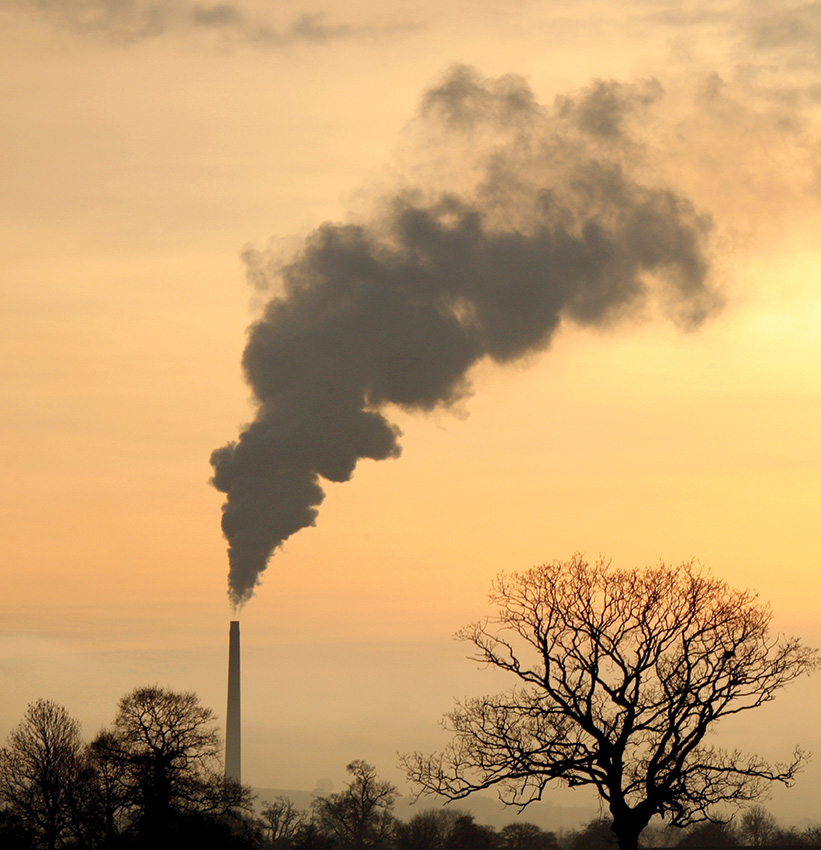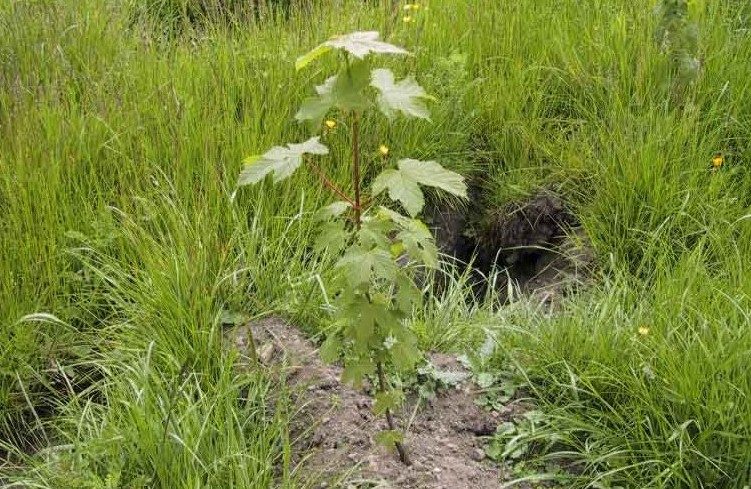The UK’s woodland carbon market is evolving rapidly. Preliminary enquiries, more substantive indications of interest in buying PIUs, and firm orders for them from companies have all picked up markedly through January and early- February. Similarly, woodland owners are quickly recognising the opportunities from selling their woodland-generated carbon credits.
The number of schemes being registered with the Woodland Carbon Code has doubled in the past 12 months. We, at CarbonStore, having registered just two projects in September, have registered another 33 in less than five months, covering more than 2,500 hectares and generating almost half a million PIUs.
Pricing Trends
The ascent in prices is understandably catching woodland owners’ attention. In 2018, with landowners earning £2-£3 per PIU, woodland carbon-related income was a ’welcome extra.’ Assuming 350 PIUs are issued per hectare of newly planted woodland (an approximate guide), it brought landowners an additional £700-£1,000 per hectare. Although appreciated, in the context of the costs involved with woodland creation, it was unpersuasive.
In the current market, prices range between £12 and £25. Based on the above assumptions (of 350 PIUs per hectare) woodland owners can now generate over £4,000 extra income for each hectare of newly planted woodland. Admittedly, this is lower for commercially managed woodlands which, depending on whether thinning is needed or not, often sequester between 120 and 200 tons of CO₂e per hectare. Nonetheless, it provides a significant chunk of immediately available income.
Explaining the Disparity in Prices
The wide range in PIU prices also needs further explanation. It reflects companies’ priorities when they are selecting suitable woodland schemes from which to buy carbon credits. The top end of pricing is achievable on schemes which are underpinned by charities, offer good public access, and maximise the social benefits of woodland creation.
Such schemes, particularly those located closer to cities, enjoy high levels of visibility from ramblers, dog walkers and rural communities generally. For companies wanting their employees, customers, or suppliers to participate in the planting, they are also more easily accessible. Finally, the underlying trees are mostly broadleaved or native species which can magnify the ecological benefits of woodland creation.
The lower end of pricing is achievable from schemes which, being in rural areas of the Country, receive less profile. These projects may also be geared more towards growing timber for house building or fencing and so, consisting primarily of faster-growing conifers species, the perception is that they offer fewer direct biodiversity benefits than native broadleaves.
However, like broadleaves, they are sequestering carbon dioxide, but do so at a more rapid rate; they are growing the most environmentally sustainable building product (i.e. timber), and are generating much-needed employment and economic activity for rural communities.
Furthermore, their ability to mitigate flooding usually surpasses that of native broadleaves as they hold their foliage all year round. As a result, their carbon units have an increasingly meaningful value and need to be considered carefully when choosing what to plant.
The Impact of Woodland Carbon on Project Design
Indeed, the rising value of woodland-generated carbon means the principles and assumptions which underpin the Woodland Carbon Code and its carbon calculator are likely to have an increasingly powerful influence on the shape and design of the UK’s newly planted woodlands.
According to the Woodland Carbon Code, one hectare of Sitka Spruce which is thinned before being felled in year 40 will generate 147 Woodland Carbon Units (WCU) over its 40-year duration. In contrast, one hectare of mixed broadleaves, if allowed to grow and mature over 100 years, would generate 745 WCUs.
The relative movements of timber and woodland carbon prices will therefore be pivotal in determining the species mix and management plans for many schemes. Admittedly, the current level of timber prices is diminishing both the financial impact of different species’ sequestration capacities and the likelihood of any dramatic changes in project design however further increases in PIU prices could see that change quickly.
Considering the Outlook for PIU Prices
That PIU prices will rise is the consensus view among landowners, land agents, and forest managers. Many believe that demand for carbon credits will outstrip supply and push prices higher.
The argument is supported by two lines of reasoning:
a) Carbon emitting companies need a ’stick‘ to incentivise investment in emissions reduction technology. If the cost of offsets rises, it is financially logical to invest in new processes and technologies which emit fewer, or zero, carbon dioxide i.e., expensive carbon credits stimulate the necessary behaviour.
b) Farmers and other landowners need a strong financial incentive, the proverbial ’carrot‘, to deploy their land for woodland. This is essential for us to achieve the government’s tree planting targets of 30,000 hectares per year. The income from tree planting must compete effectively against that achievable from land currently used for grazing dairy and beef cattle or even growing crops.
Others argue that a PIU sold (for £12) today, the proceeds of which are invested in a project generating a 4% annual return, would be worth £38 in 30 years’ time. They are therefore willing to sell today. Others apply a more simple but equally valid logic, arguing that ’a bird in the hand is worth two in the bush’.
Ultimately, the decision whether to sell PIUs soon after validation or to wait depends on the specific circumstances of the landowner. Our role at CarbonStore is simply to help those landowners undertake this process by helping them through the process of registration and validation and then monetising those PIUs once they’re issued.
Linked to this, one final point to which woodland owners should be mindful is the case for additionality on commercially oriented plantations, especially as timber prices rise. Would their planting scheme really have proceeded without carbon funding? Additionality is a core principle of all carbon offsetting projects which higher timber prices could undermine.
The Woodland Carbon Code is understandably monitoring this dynamic closely and vetting schemes accordingly.
David McCulloch, Head of CarbonStore.
February 2021






